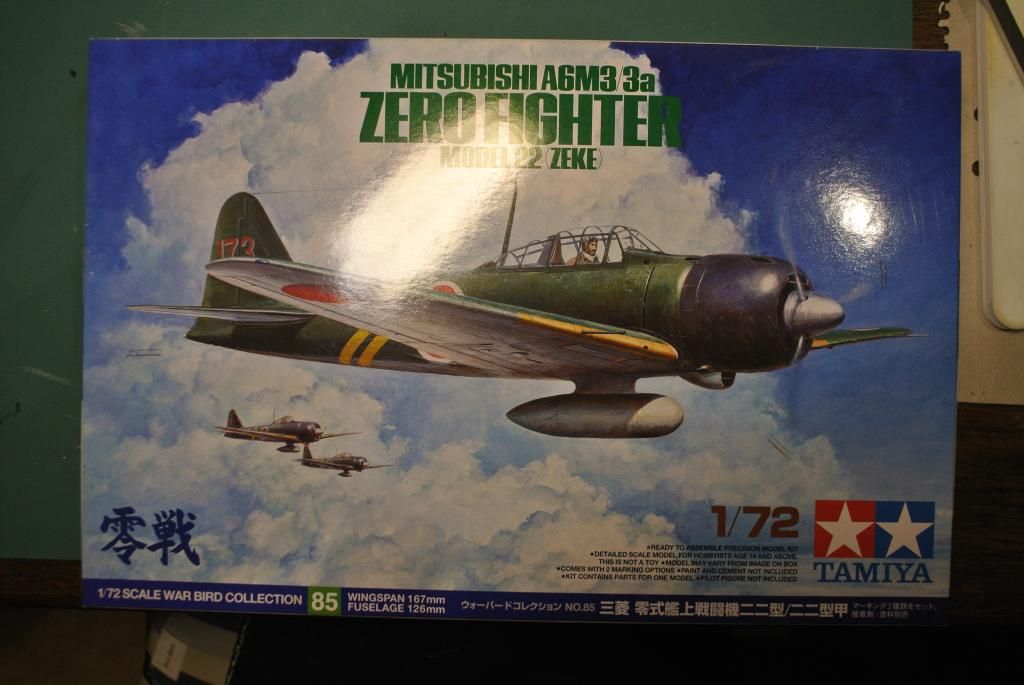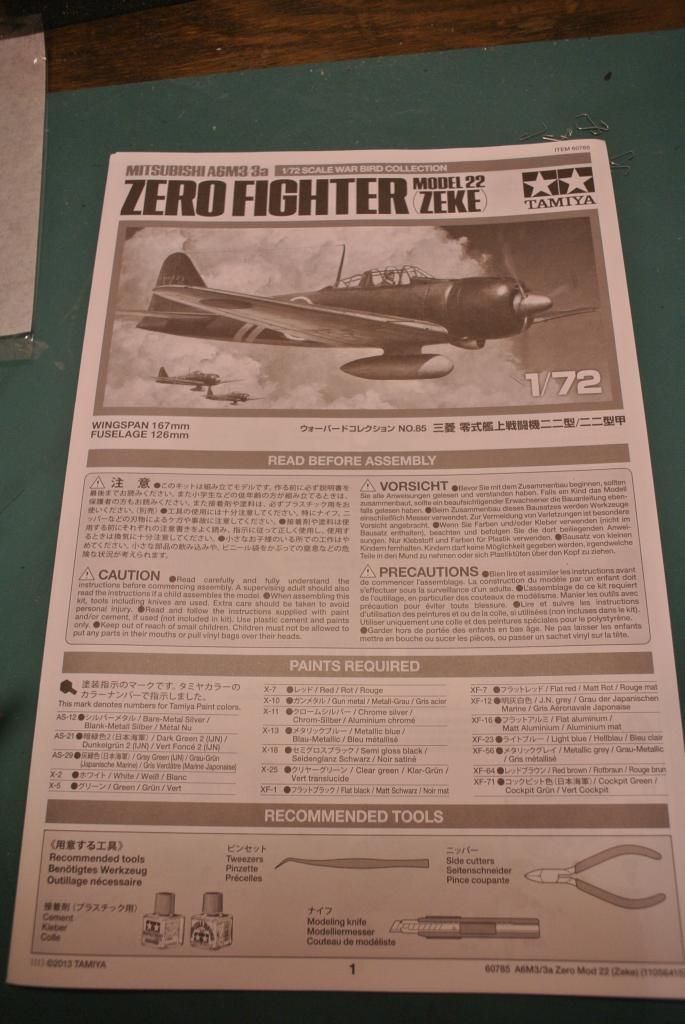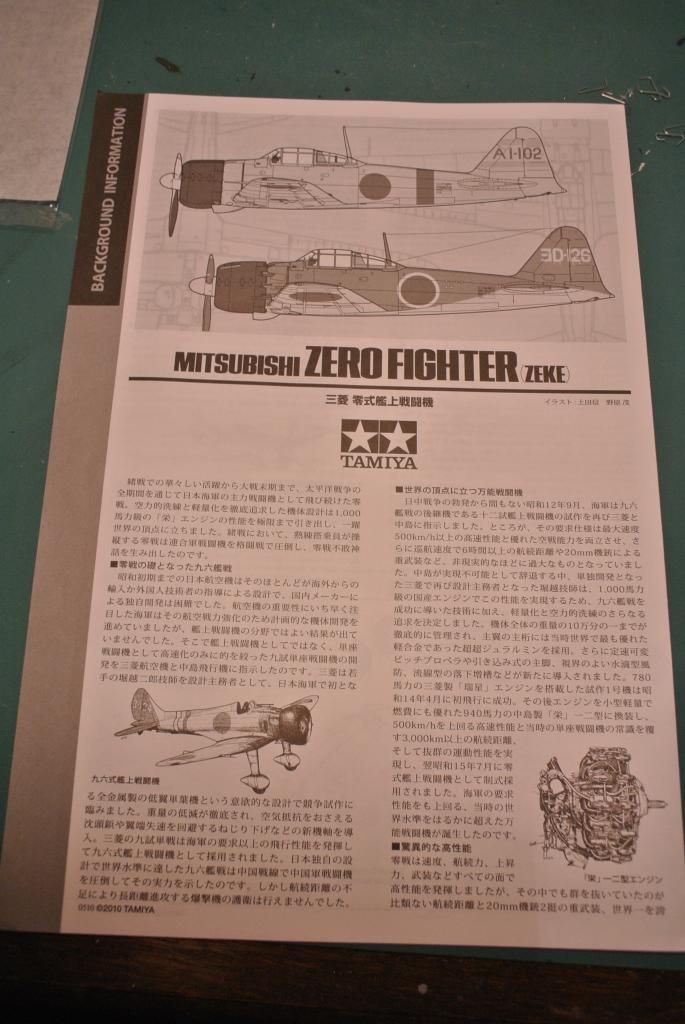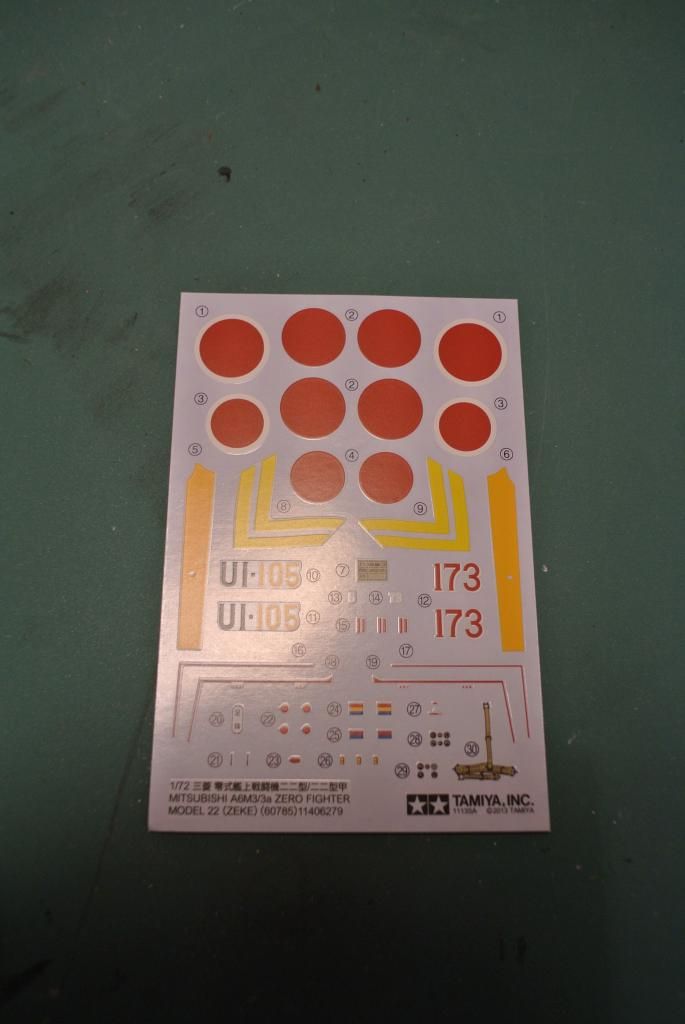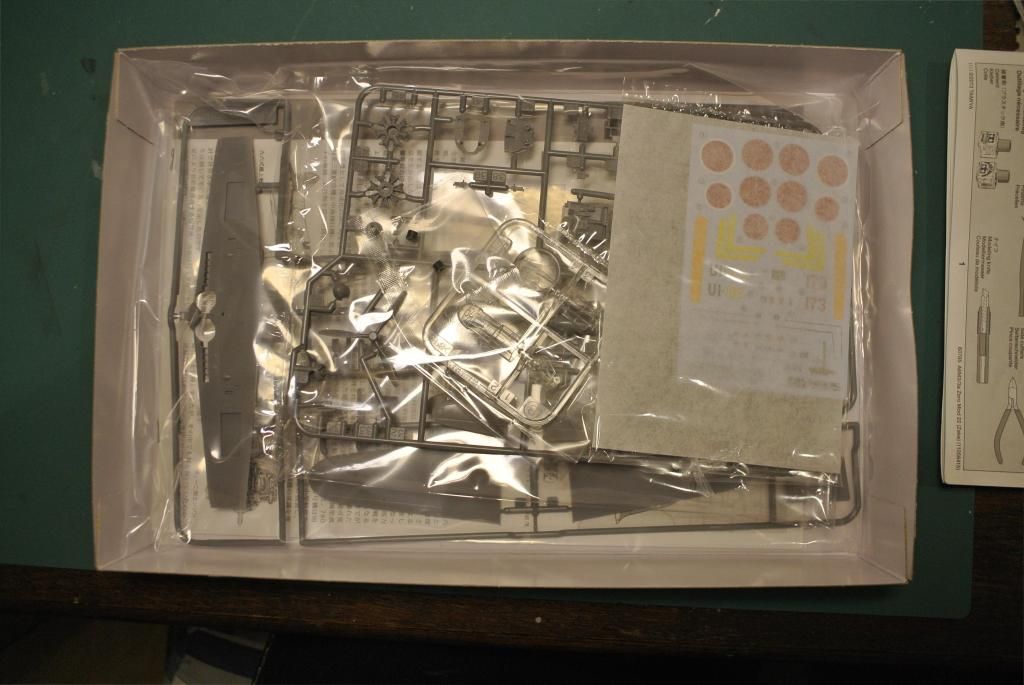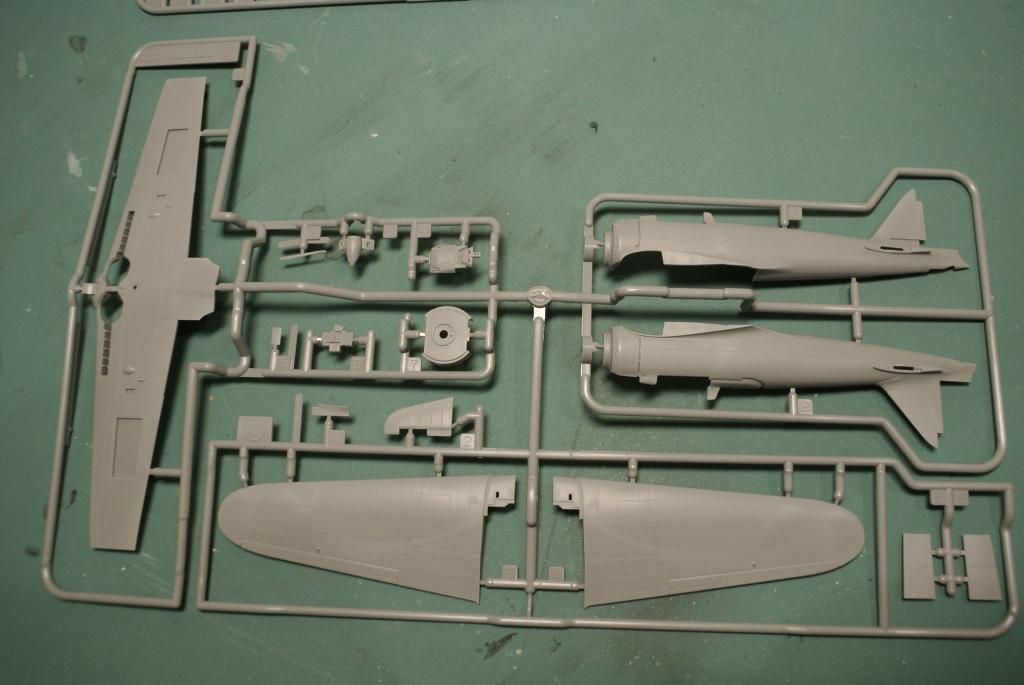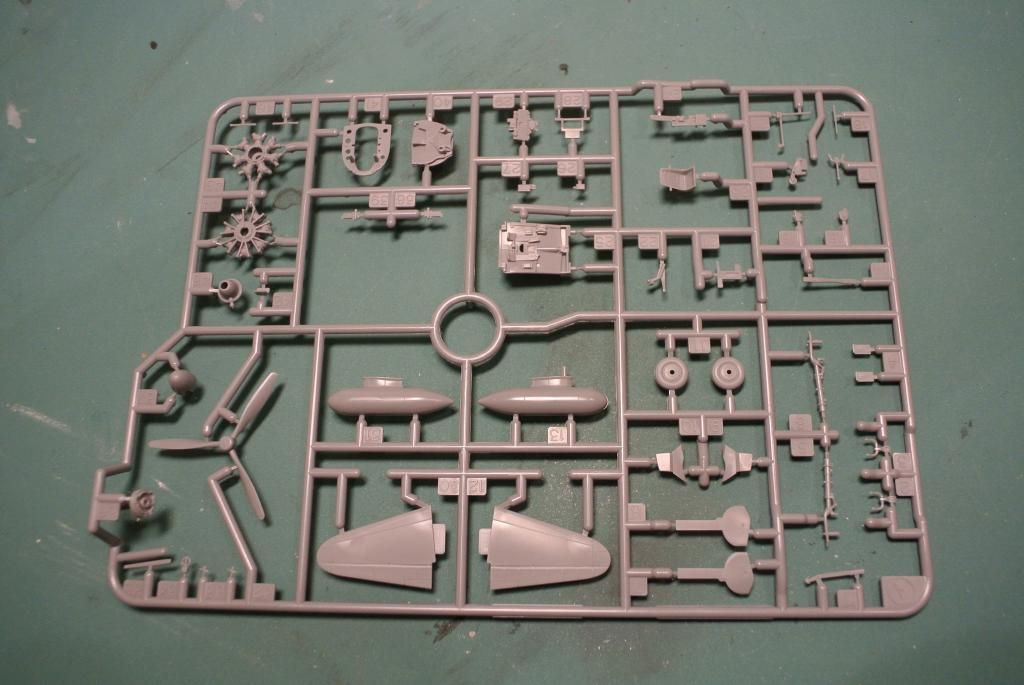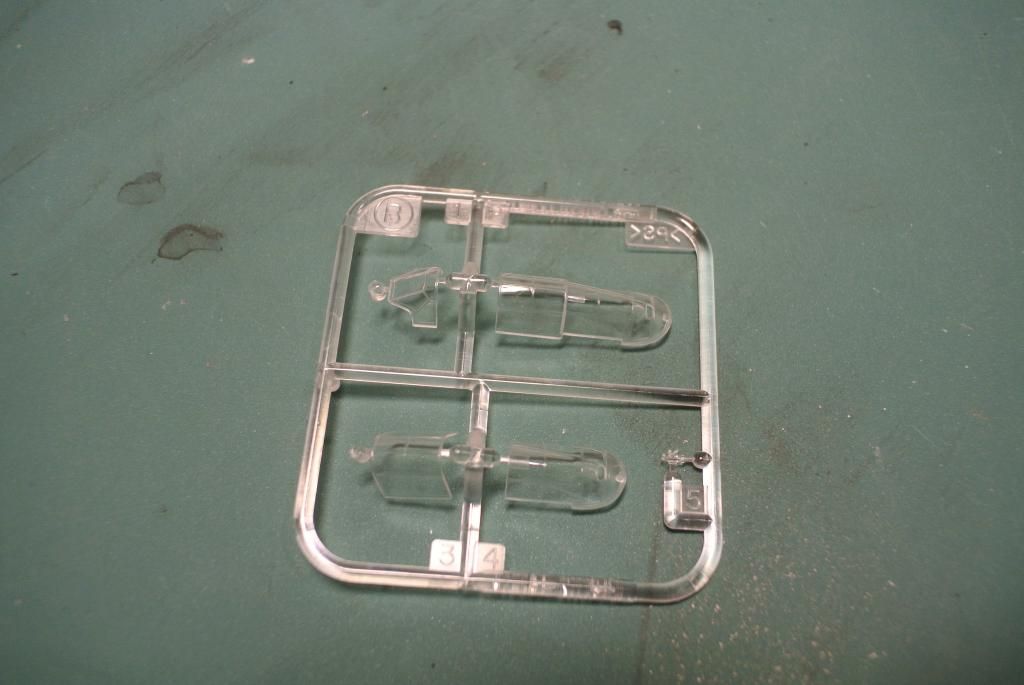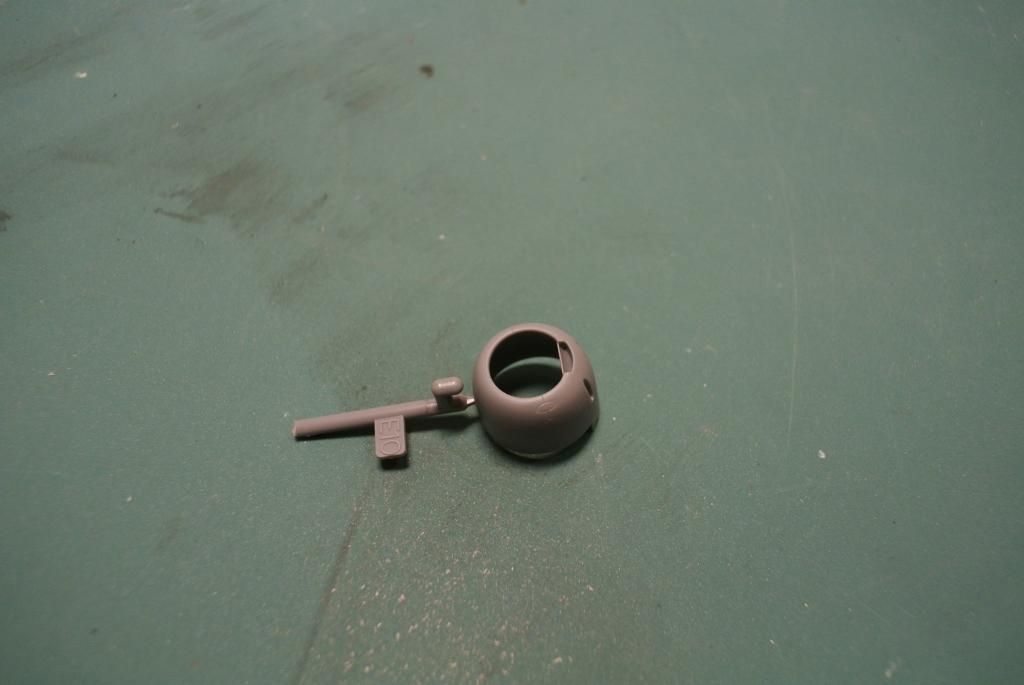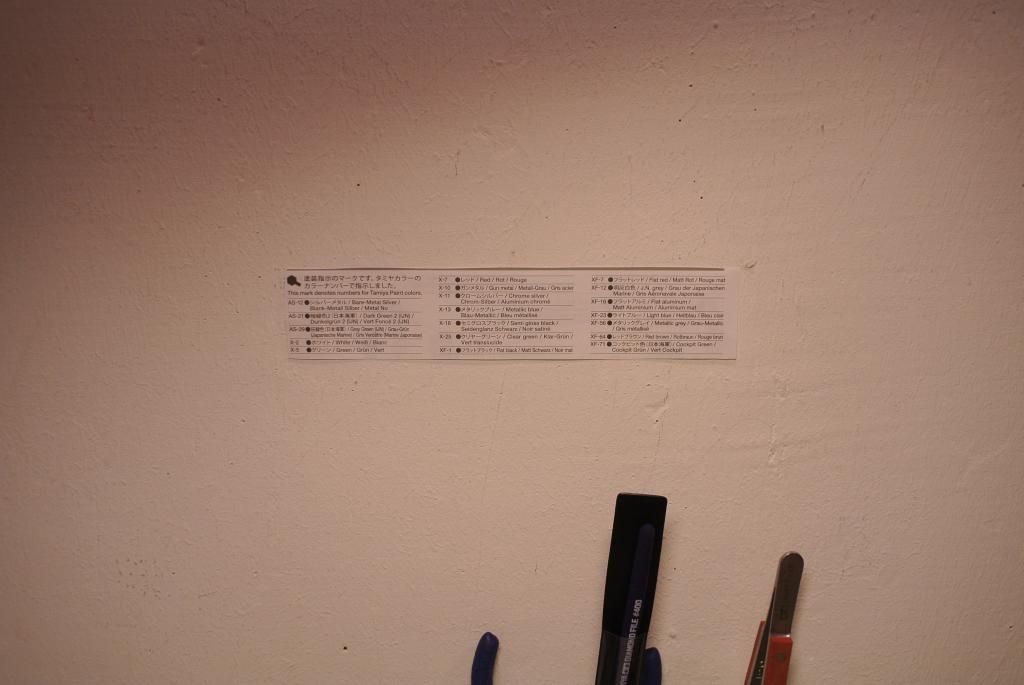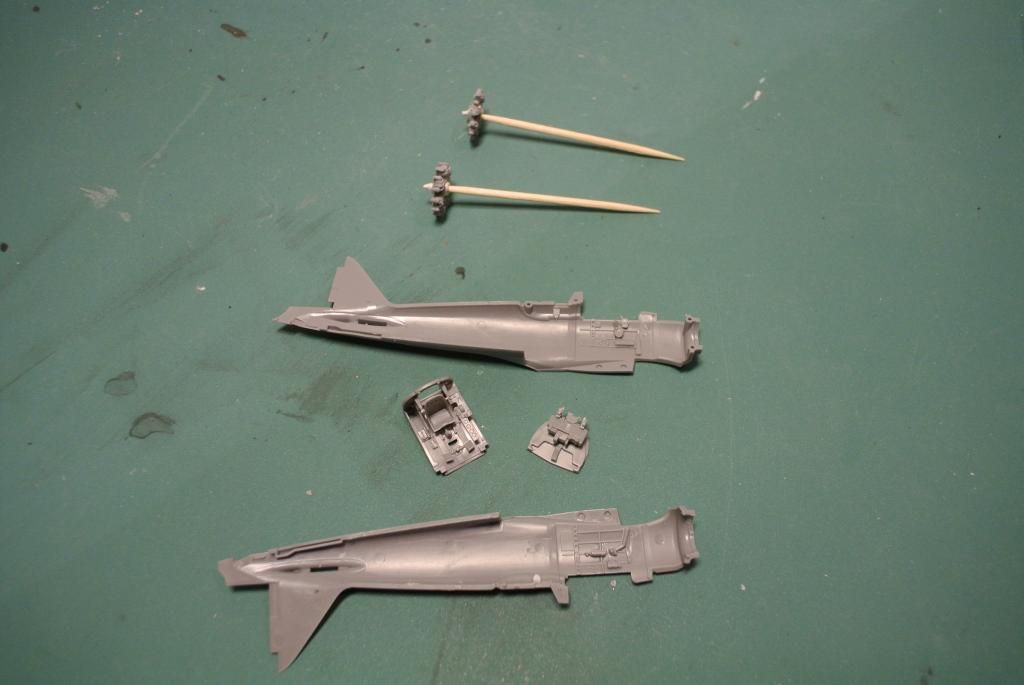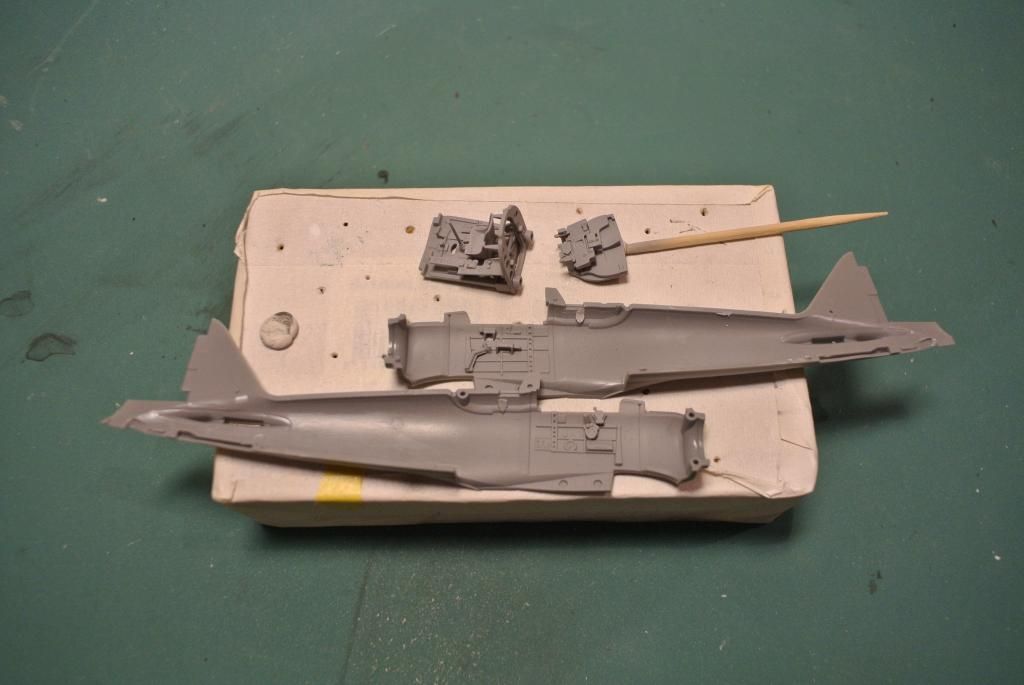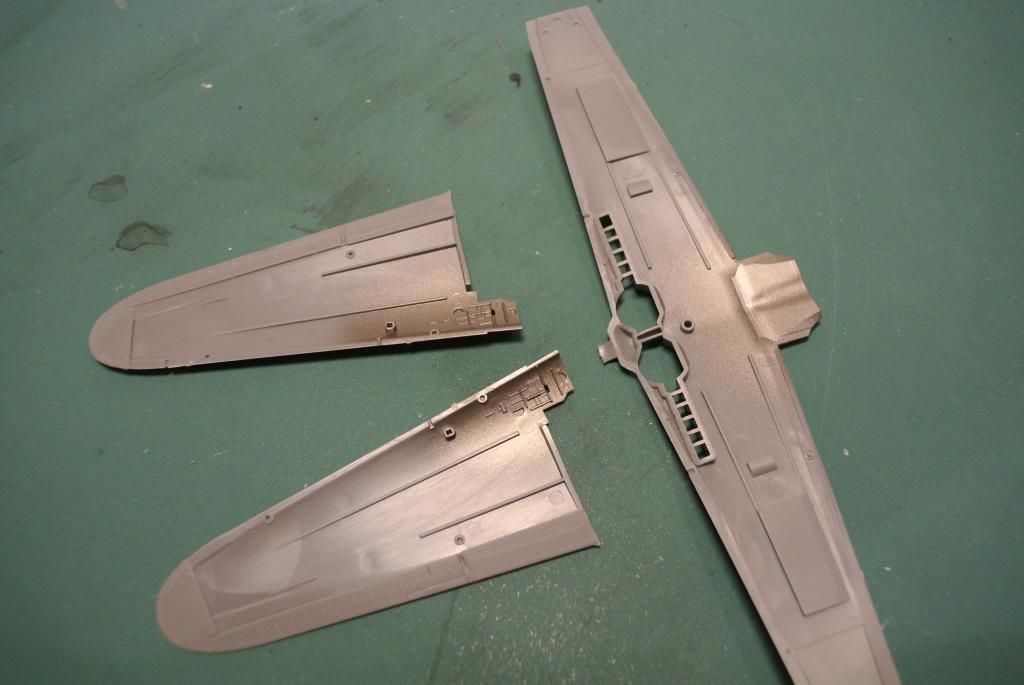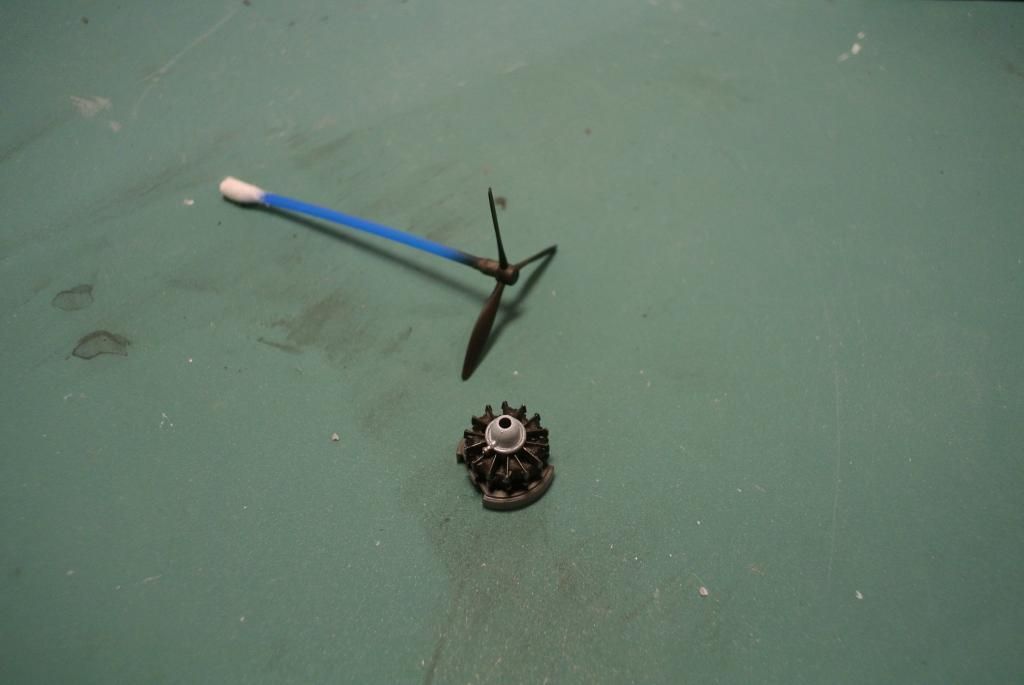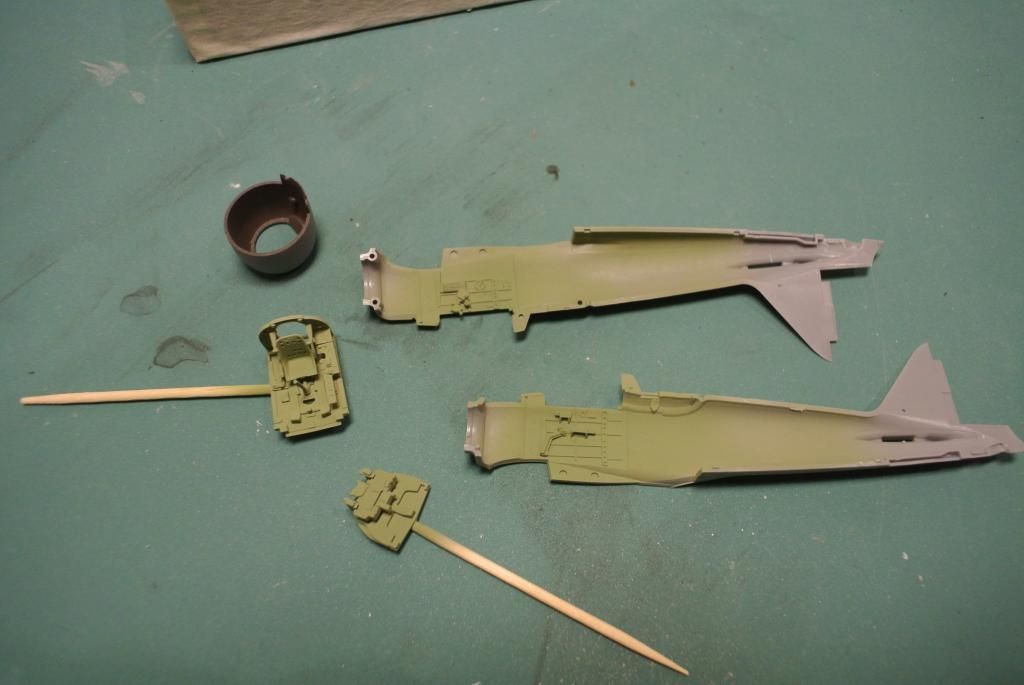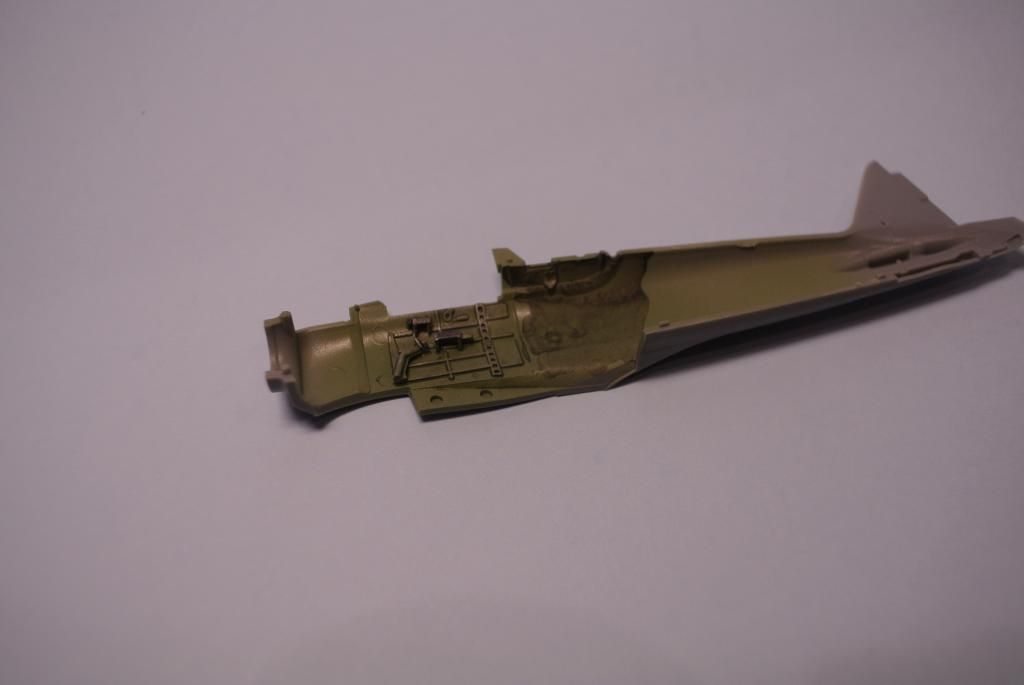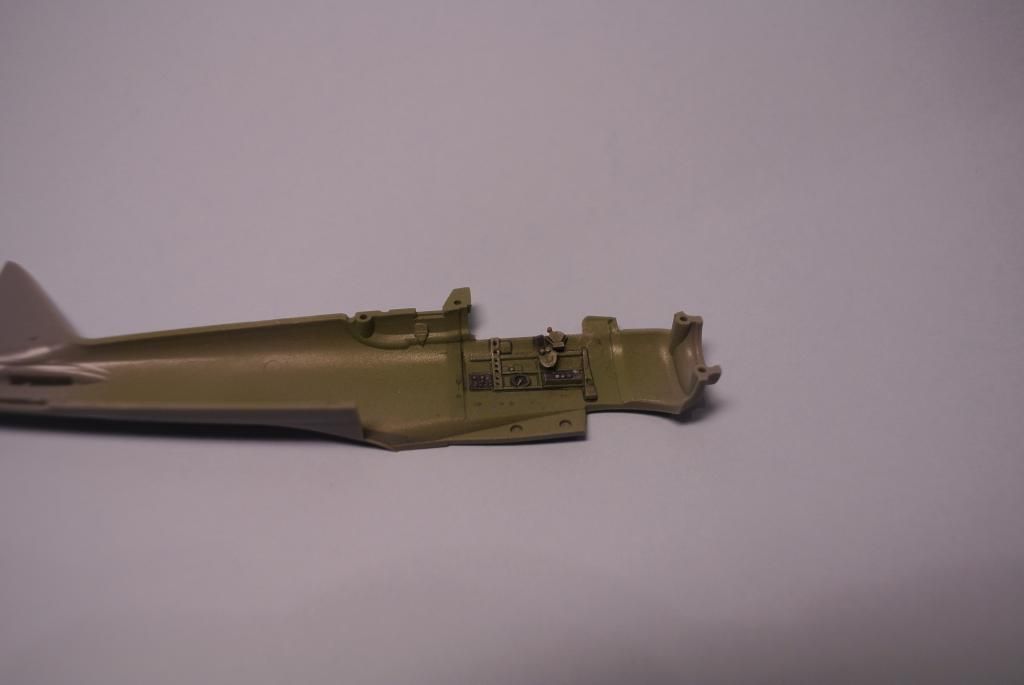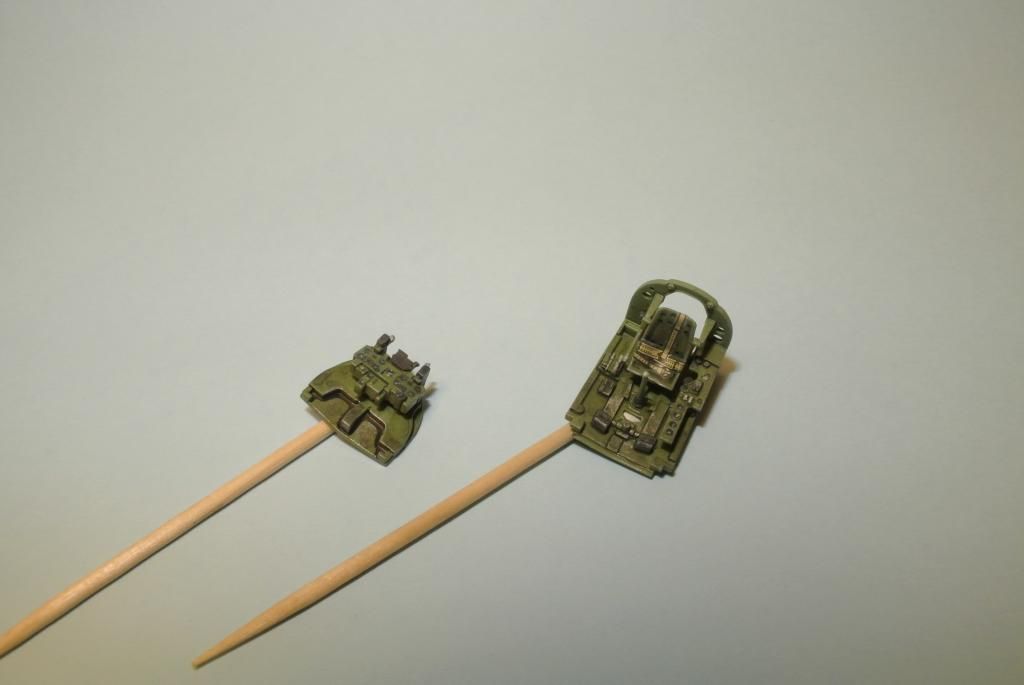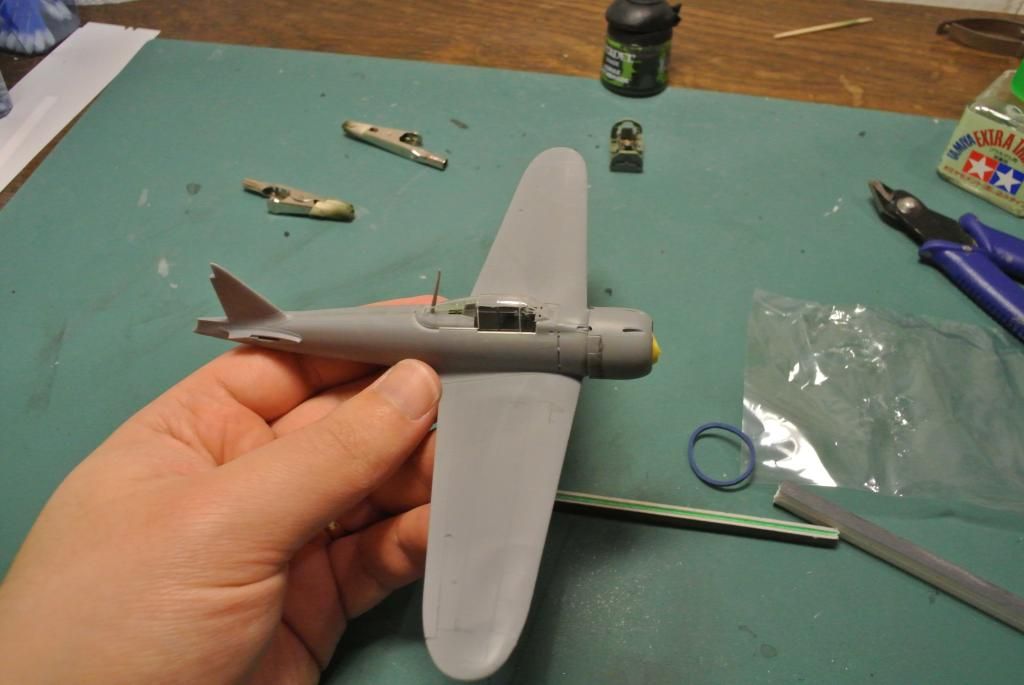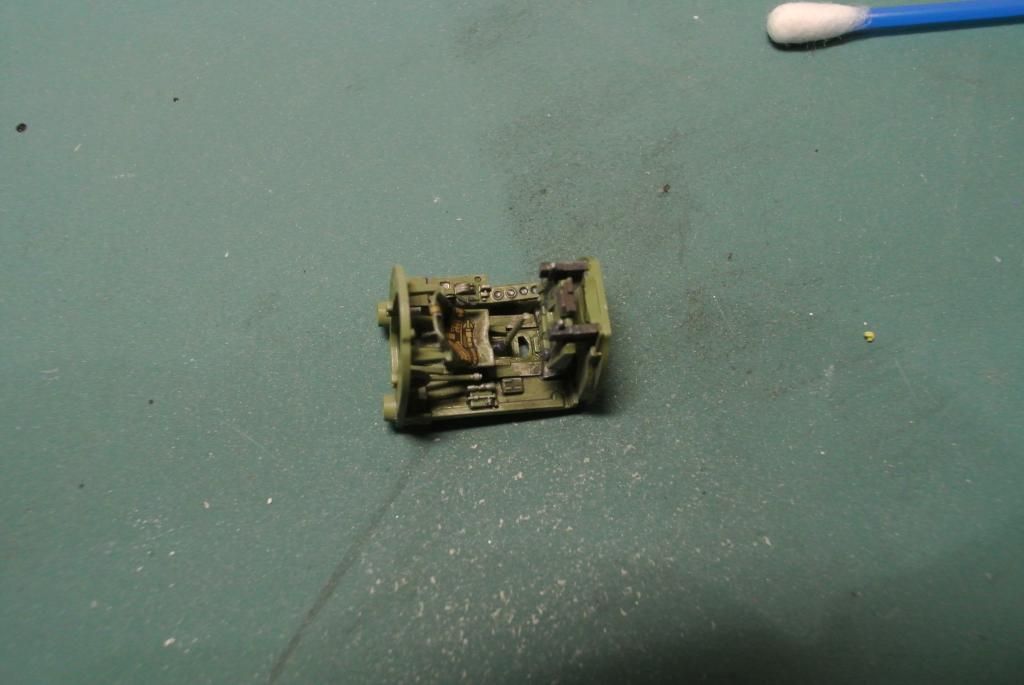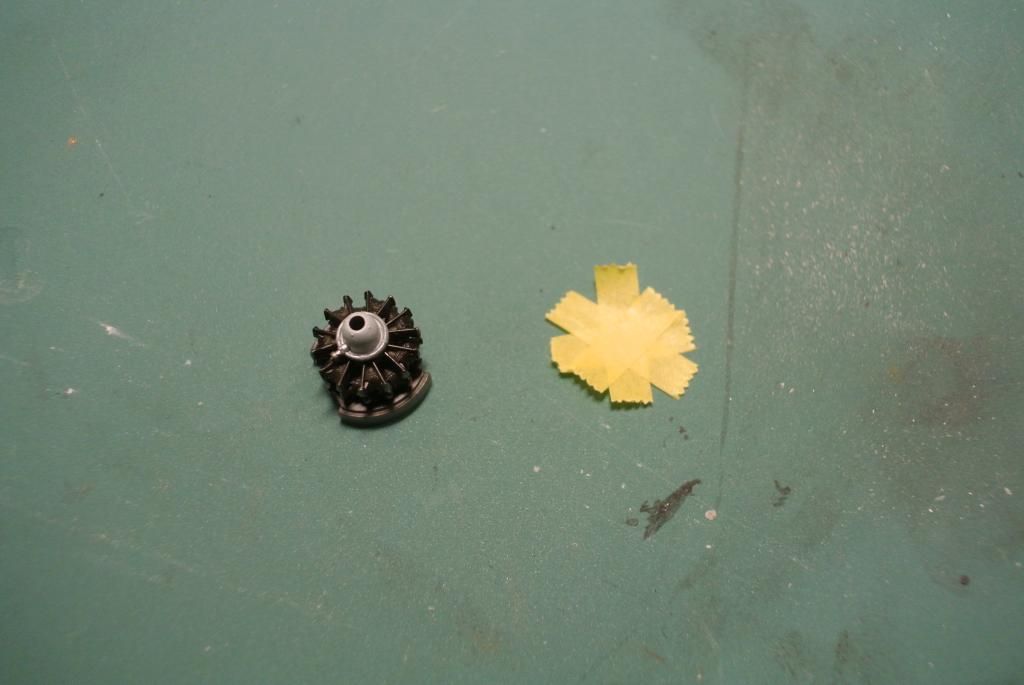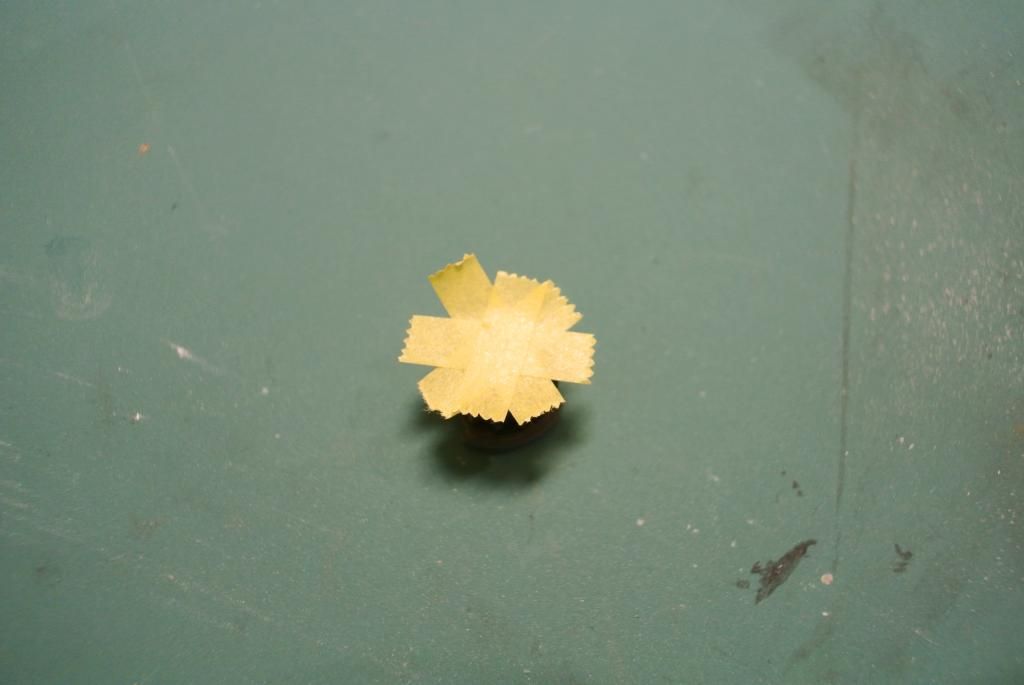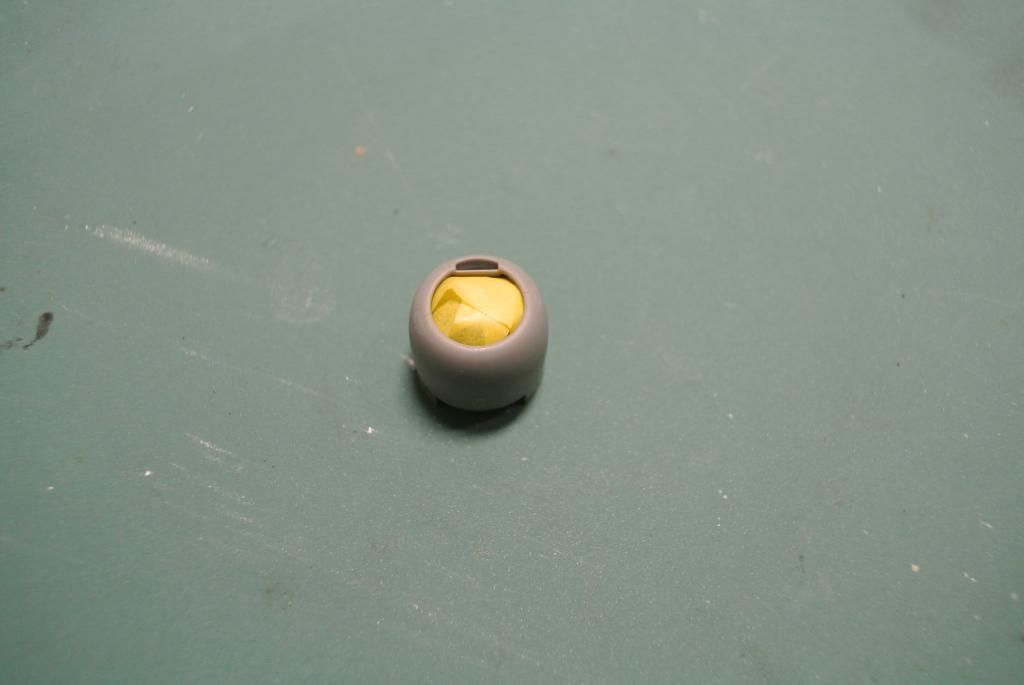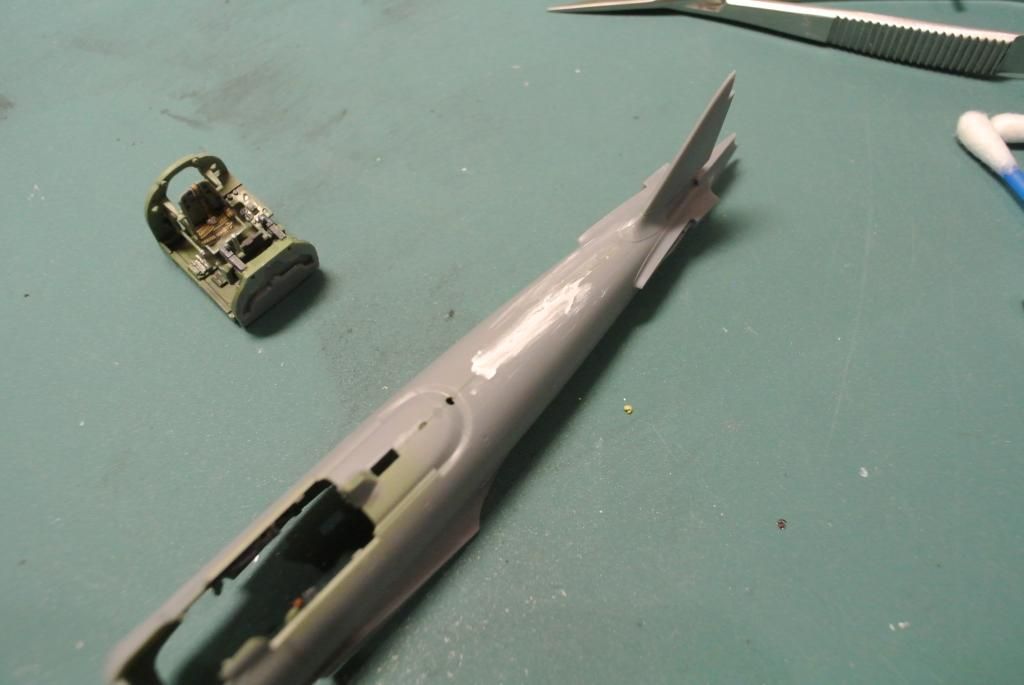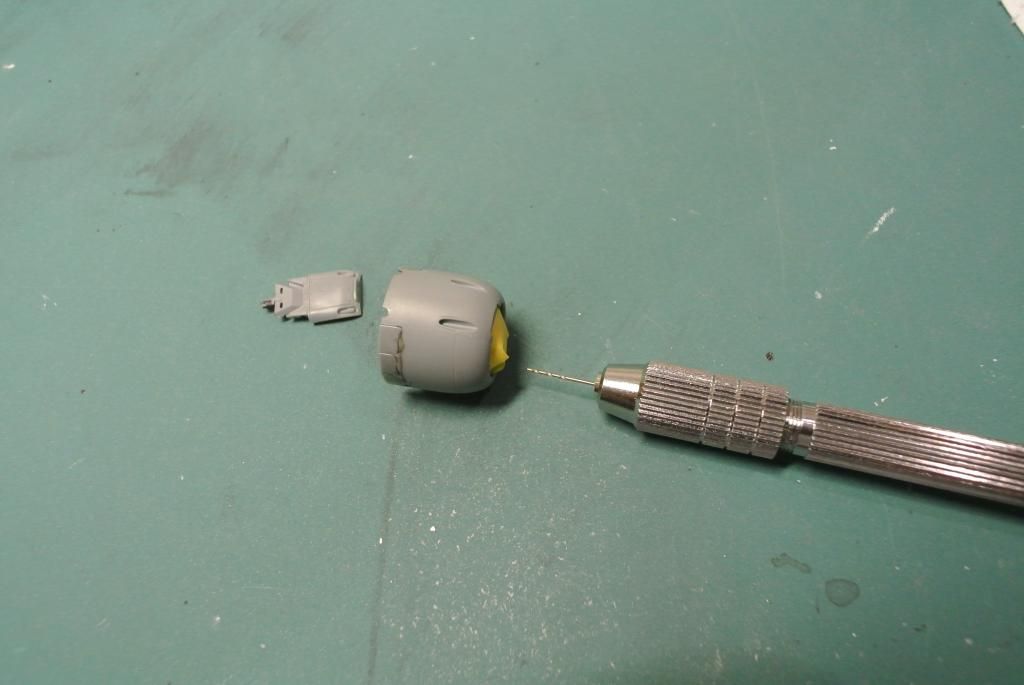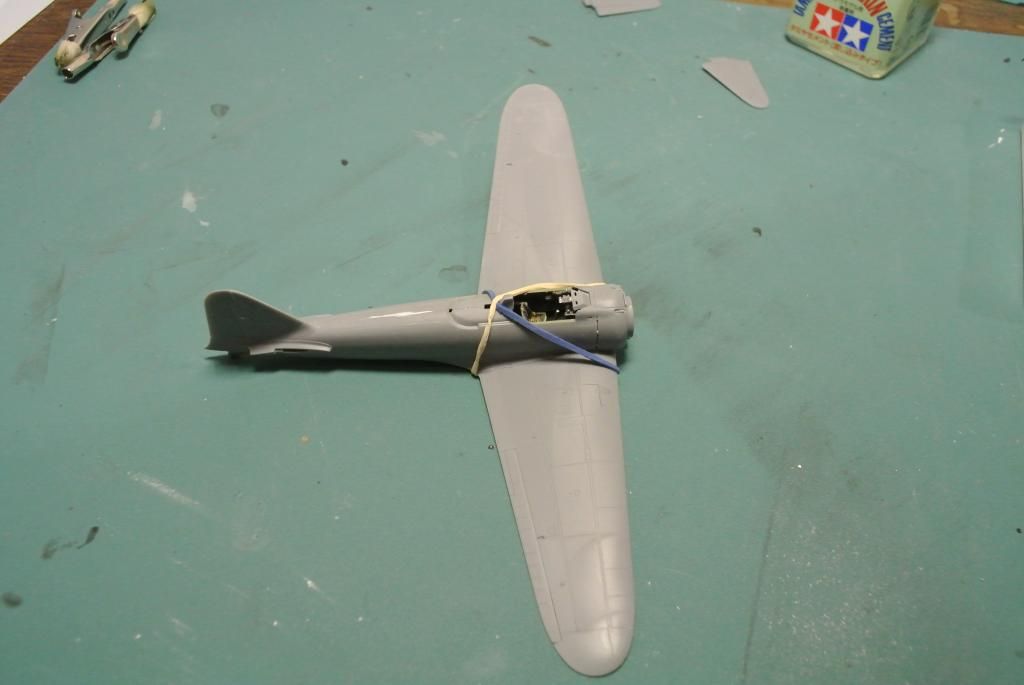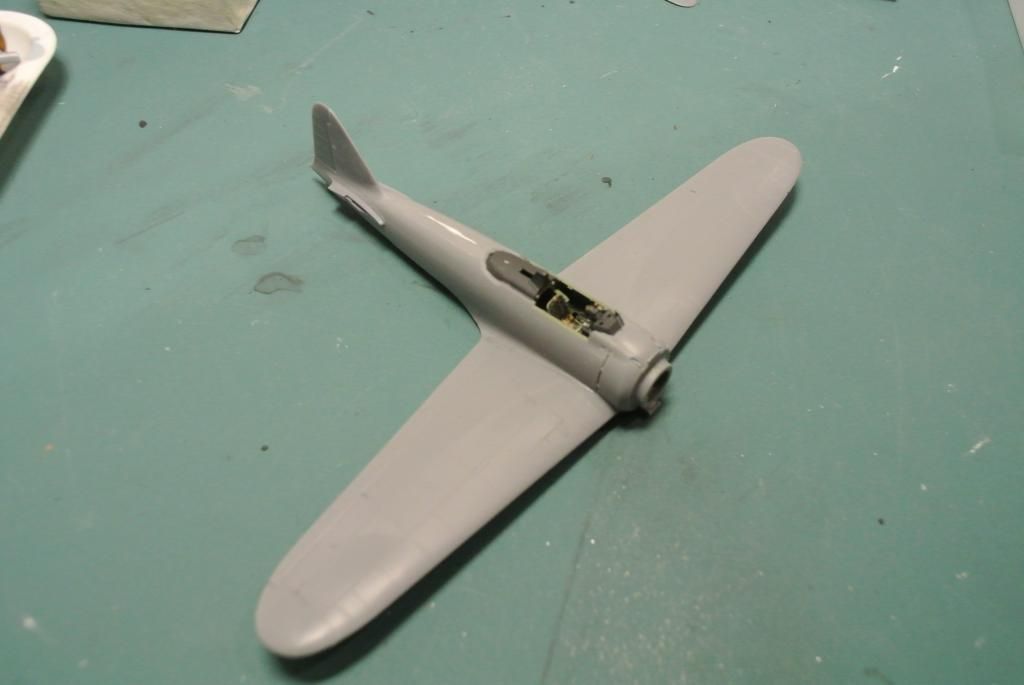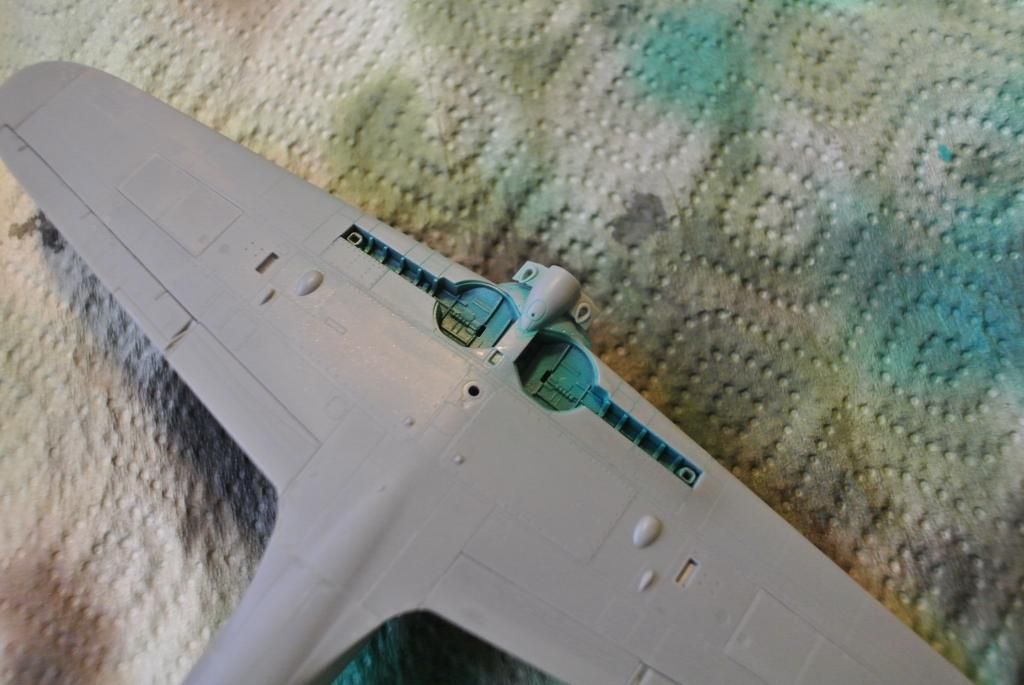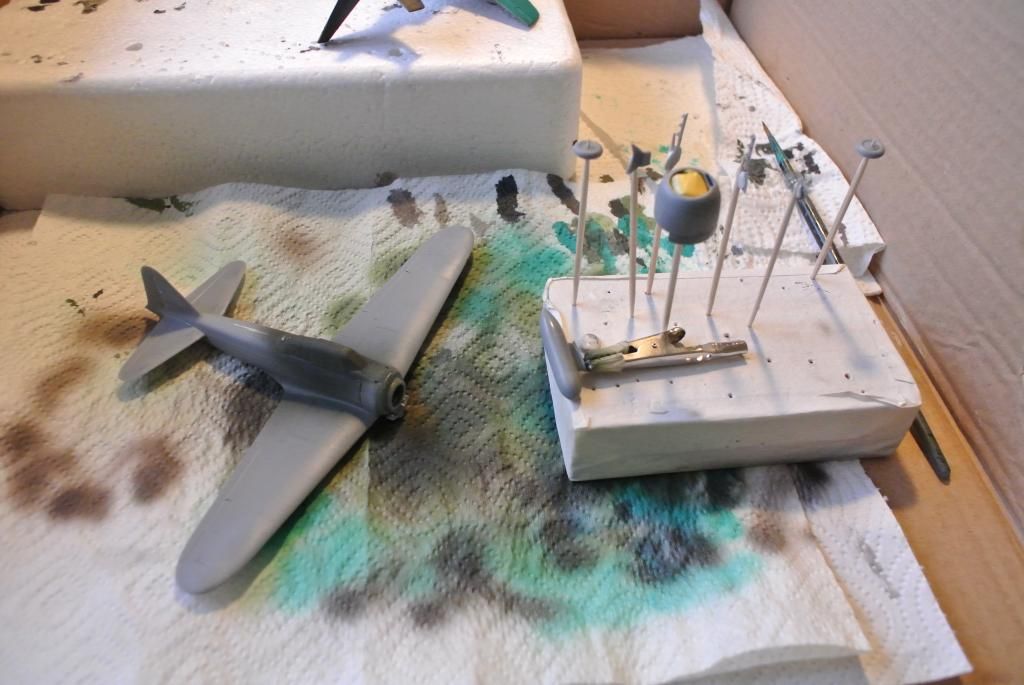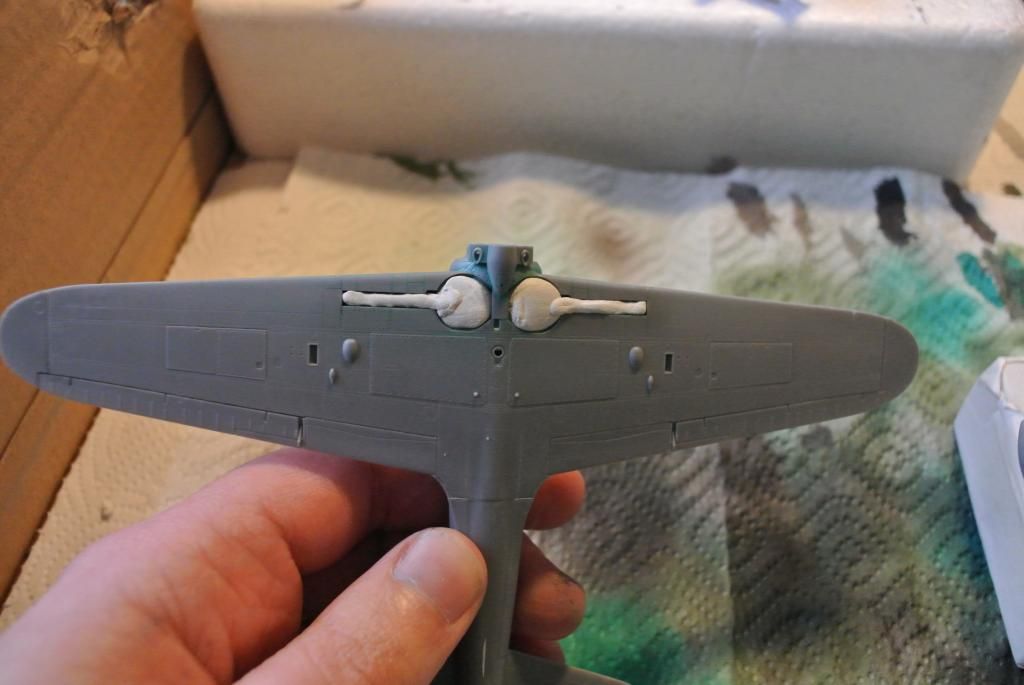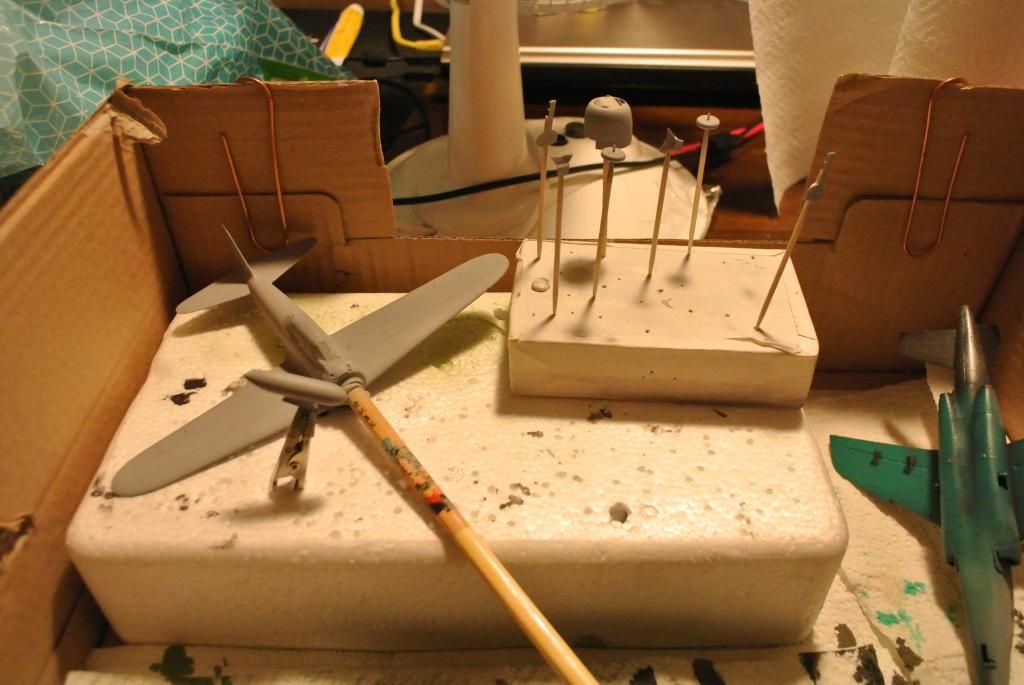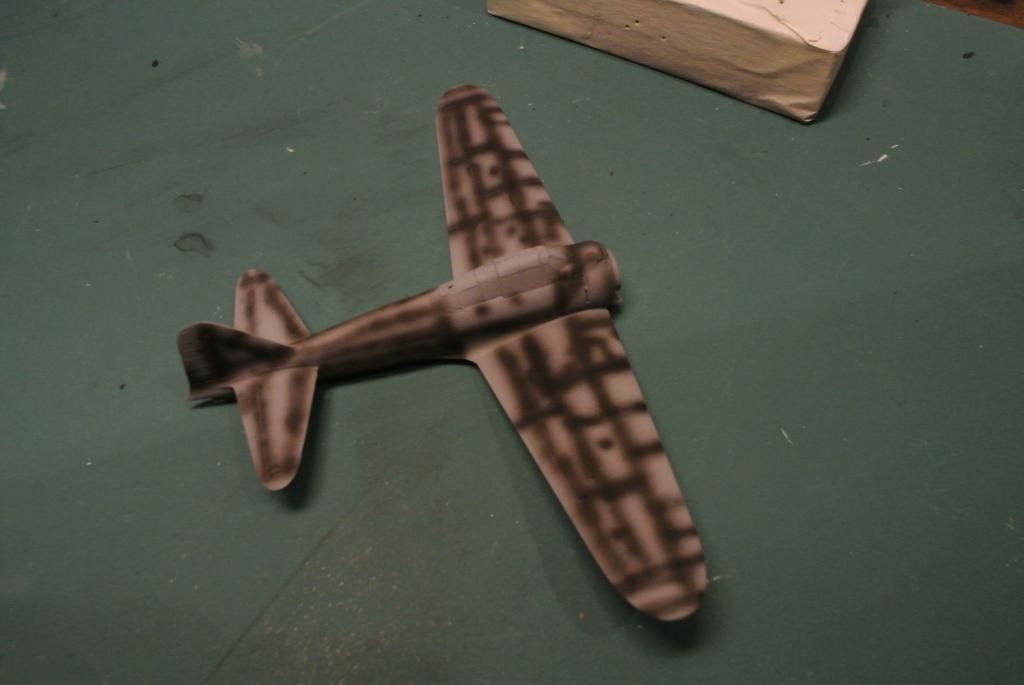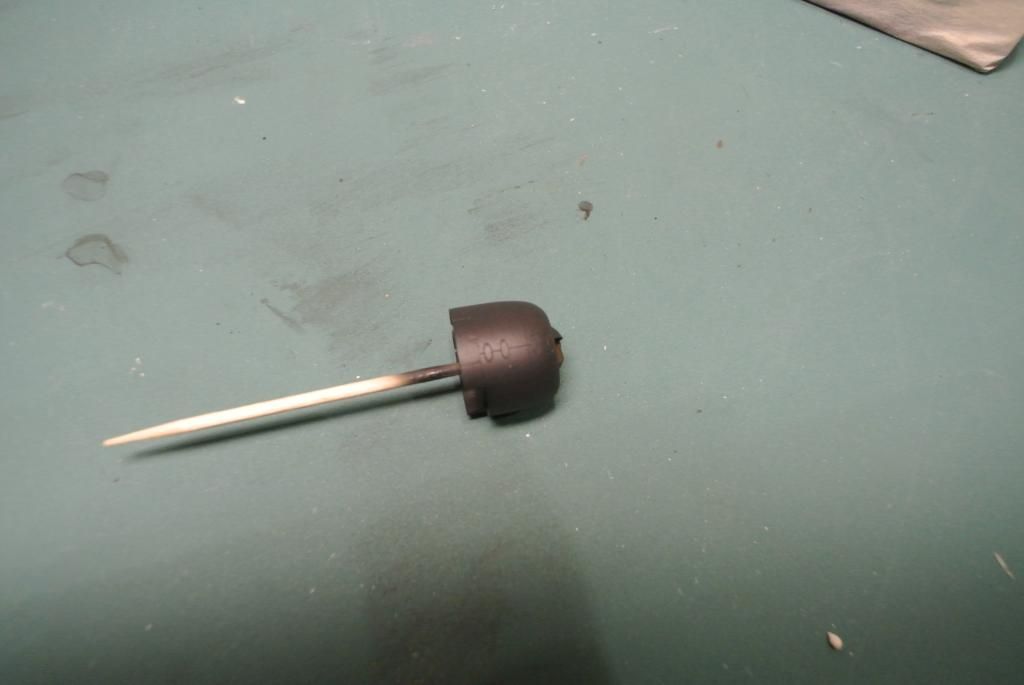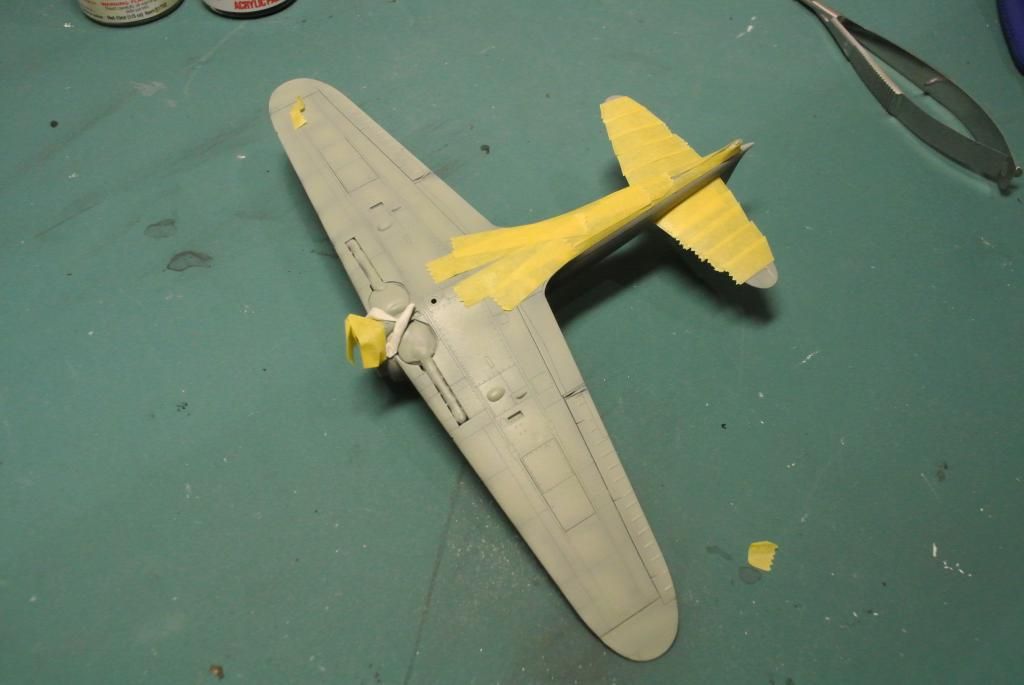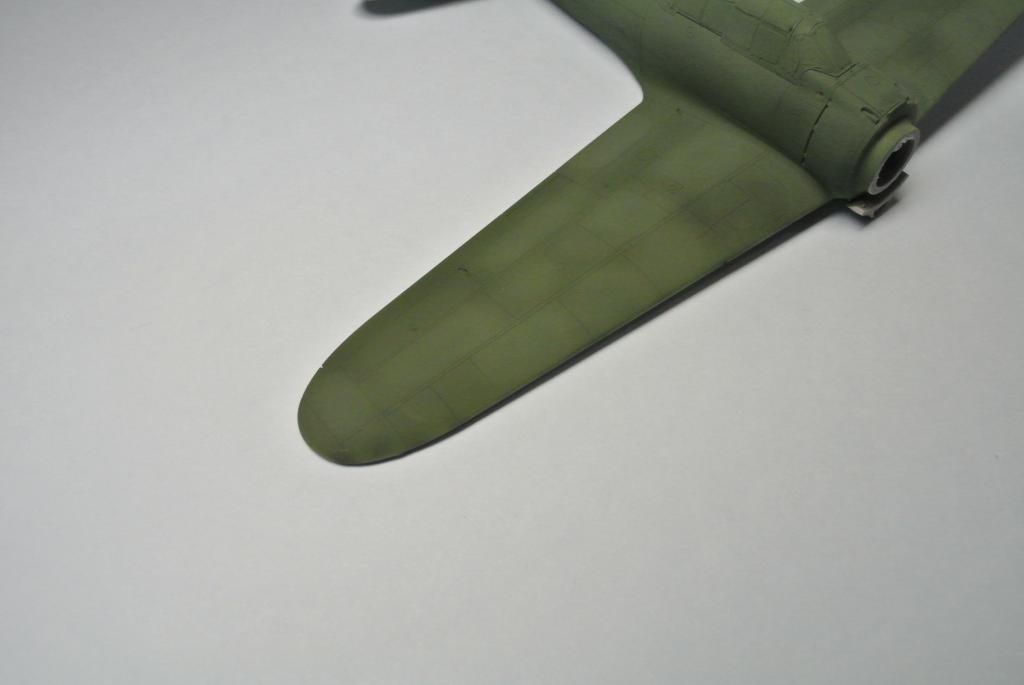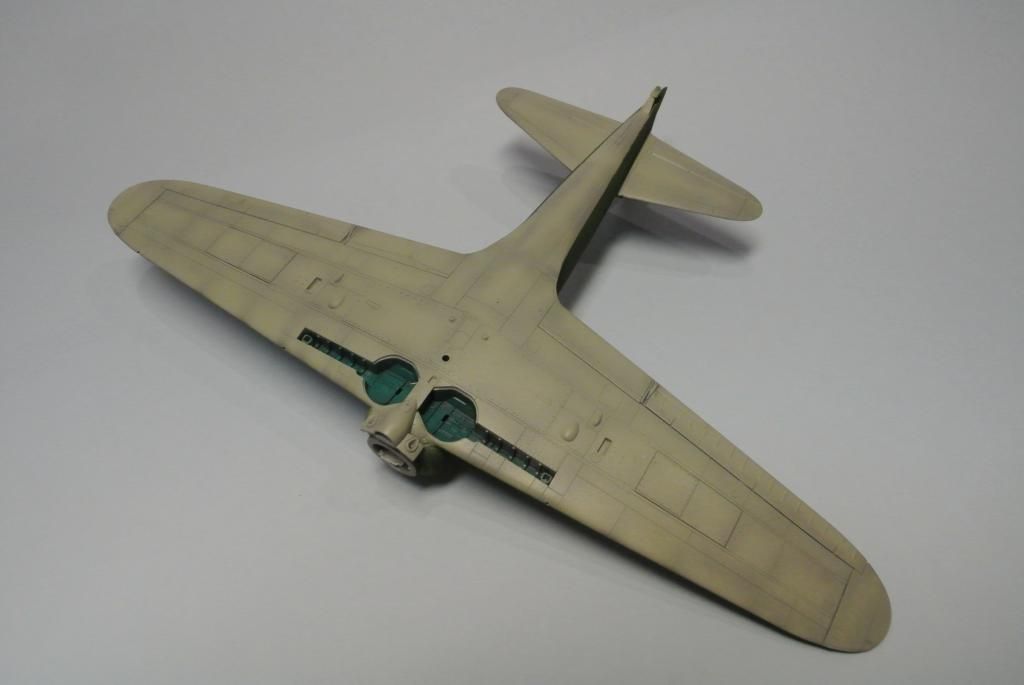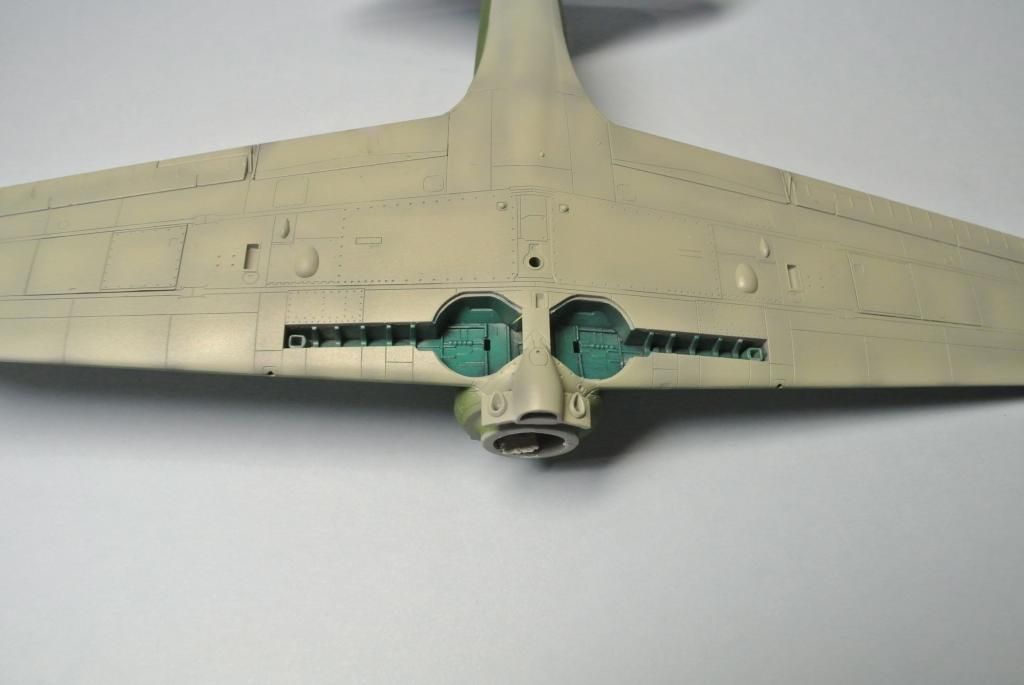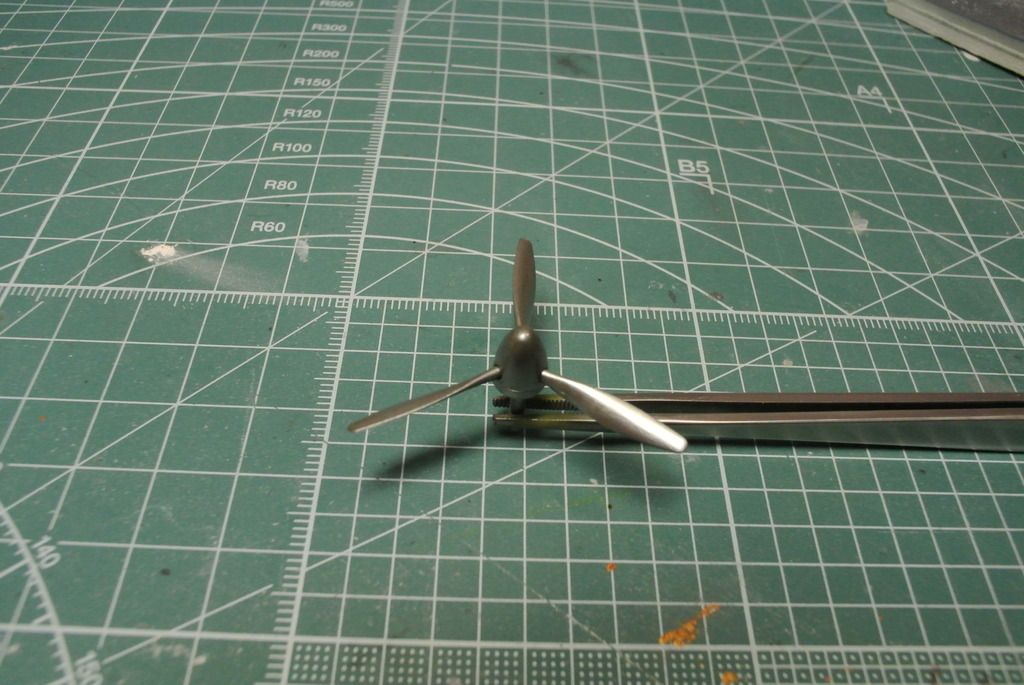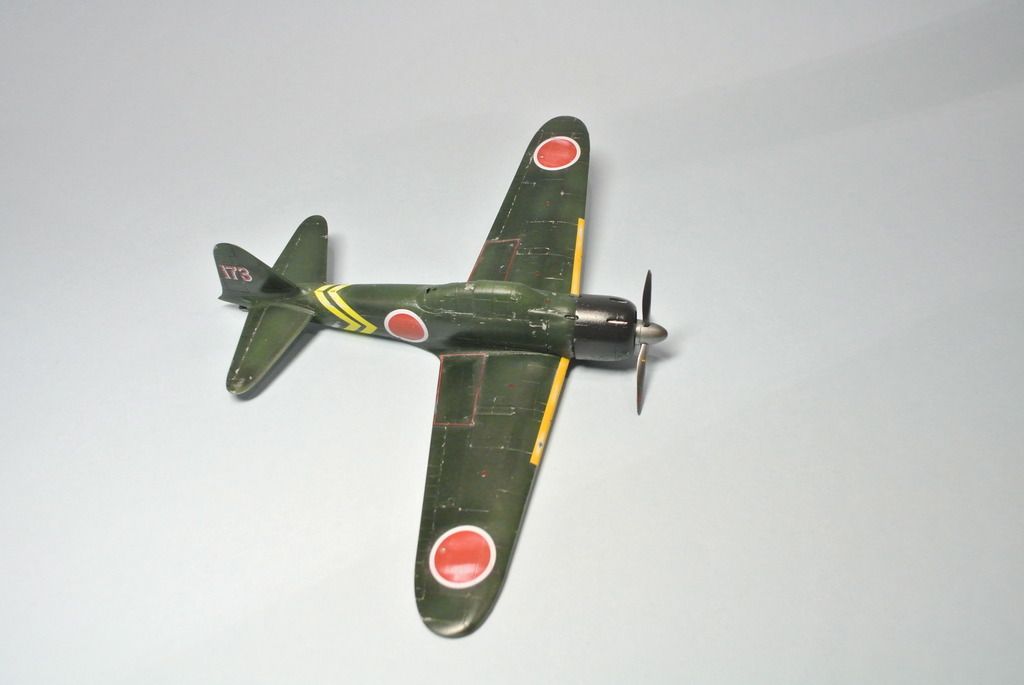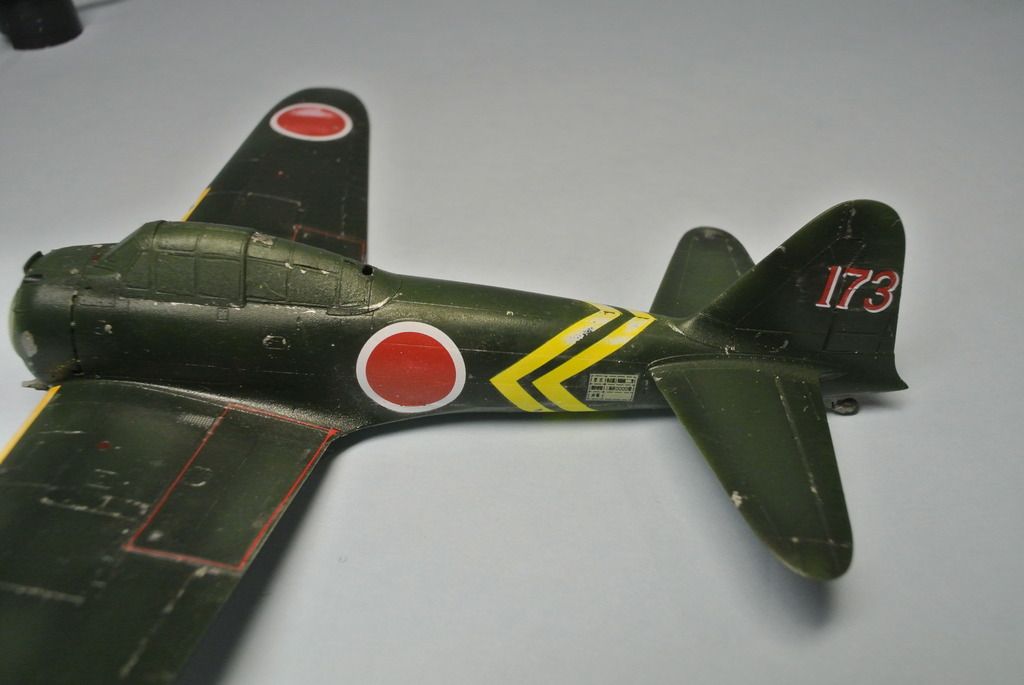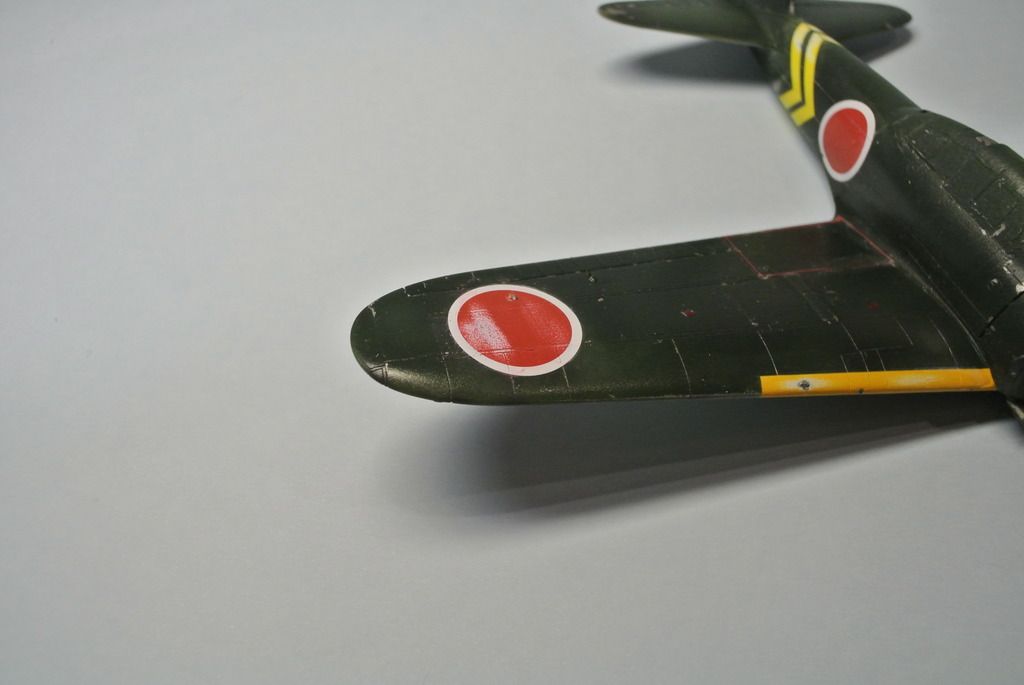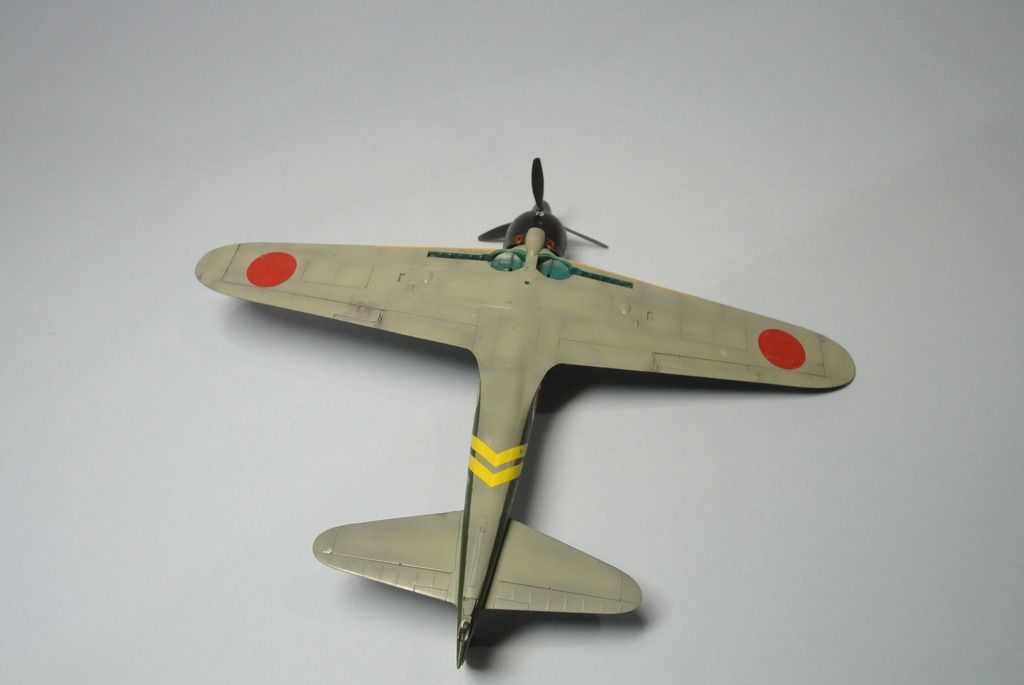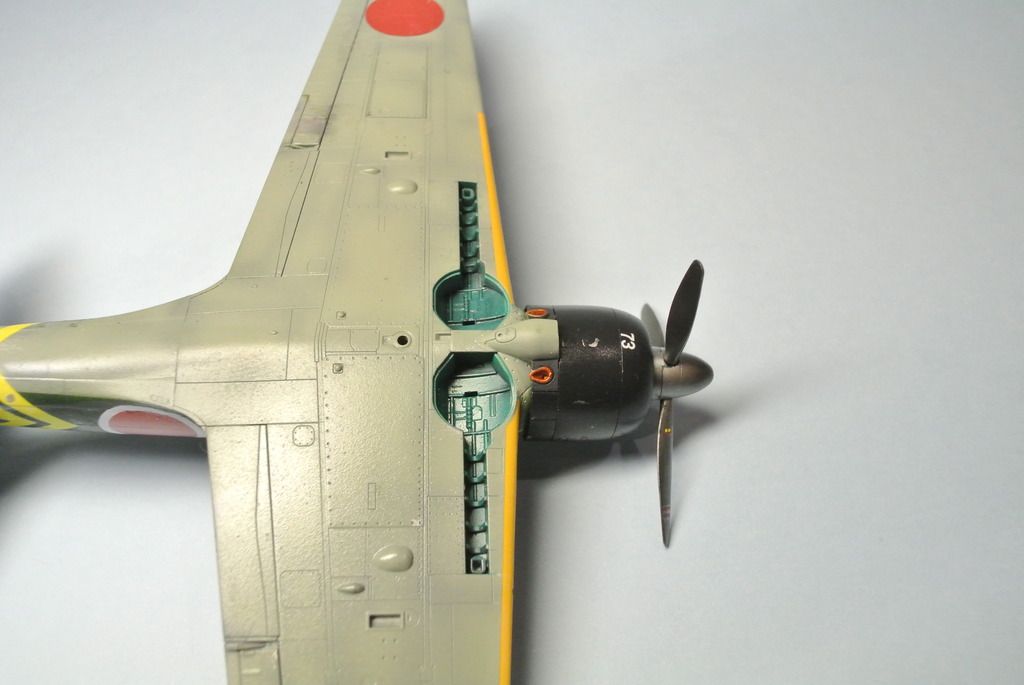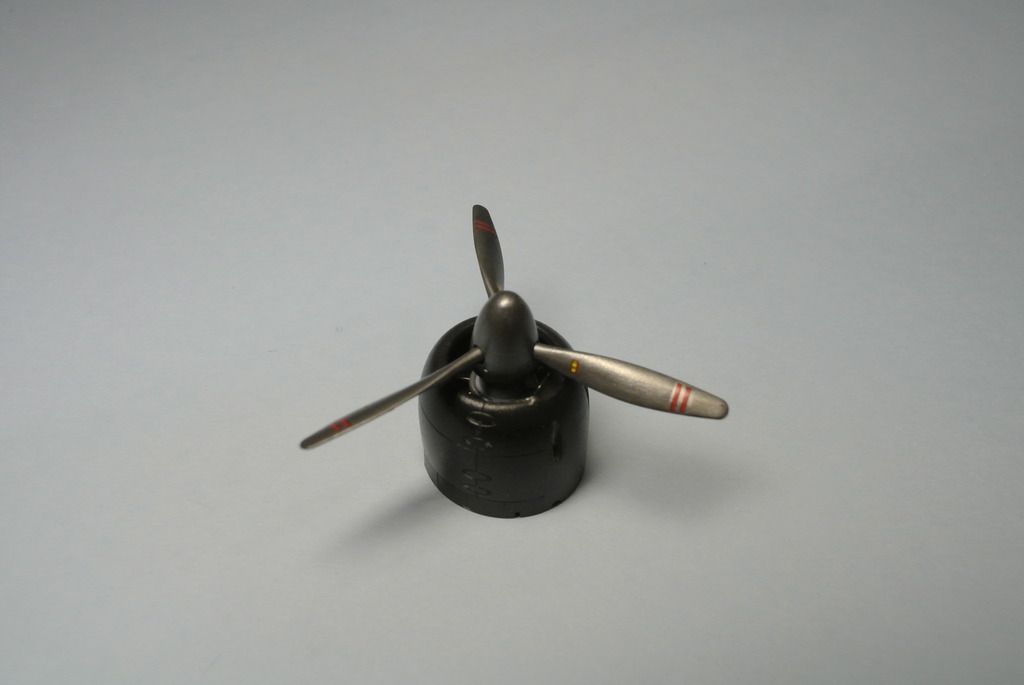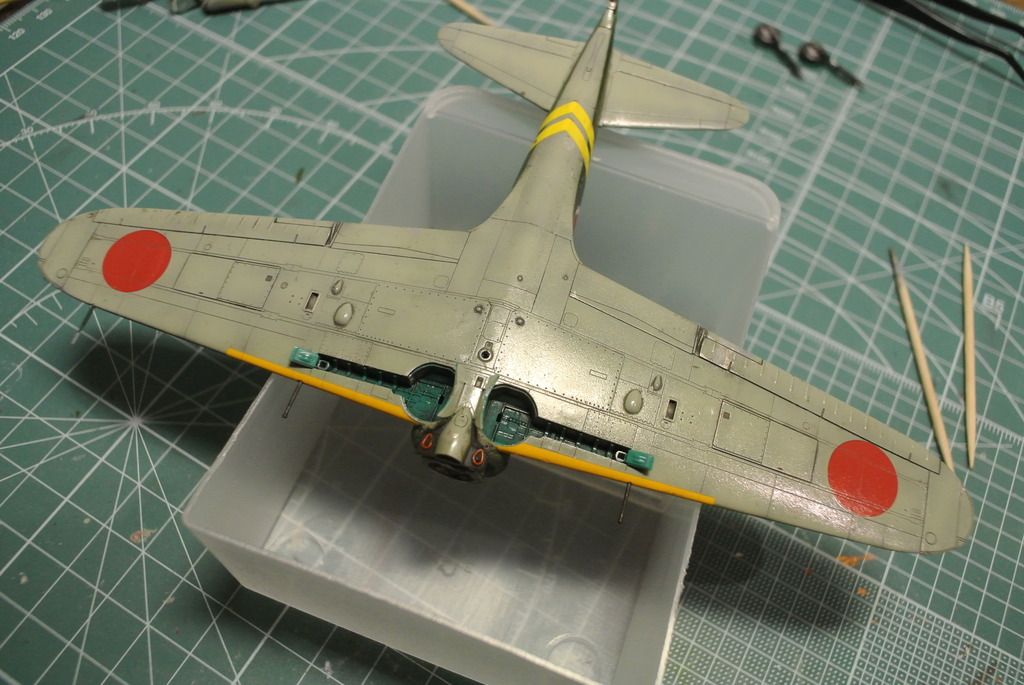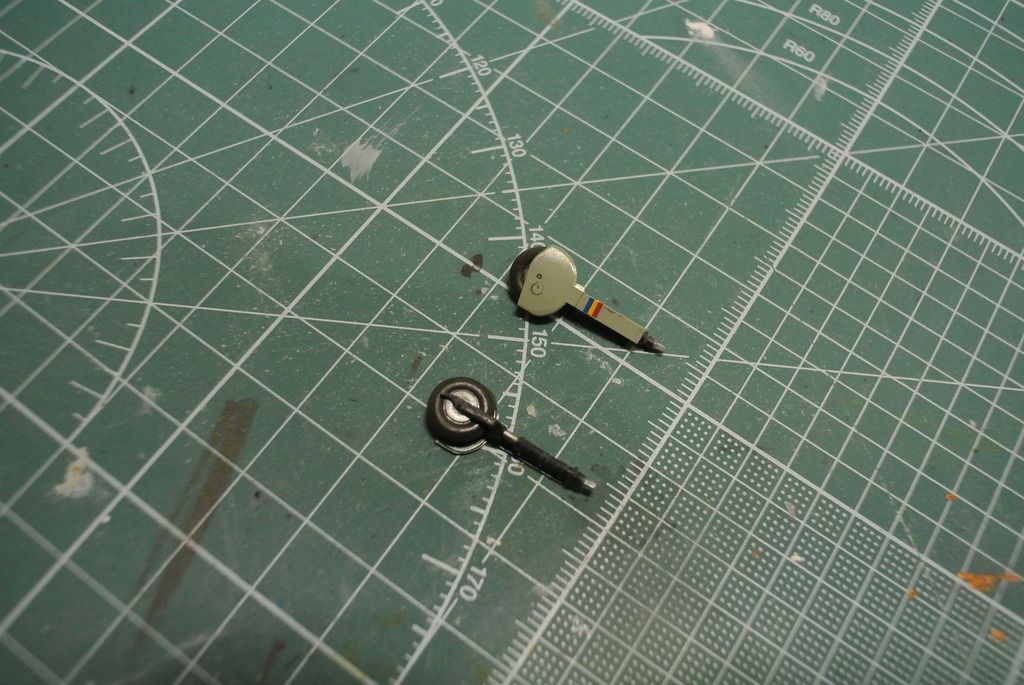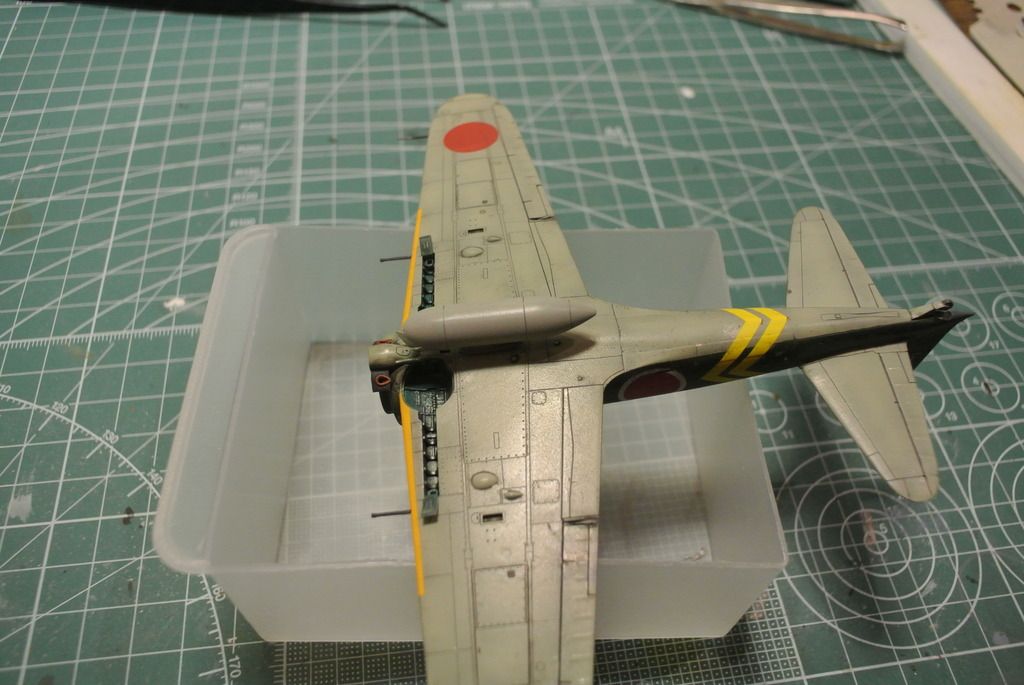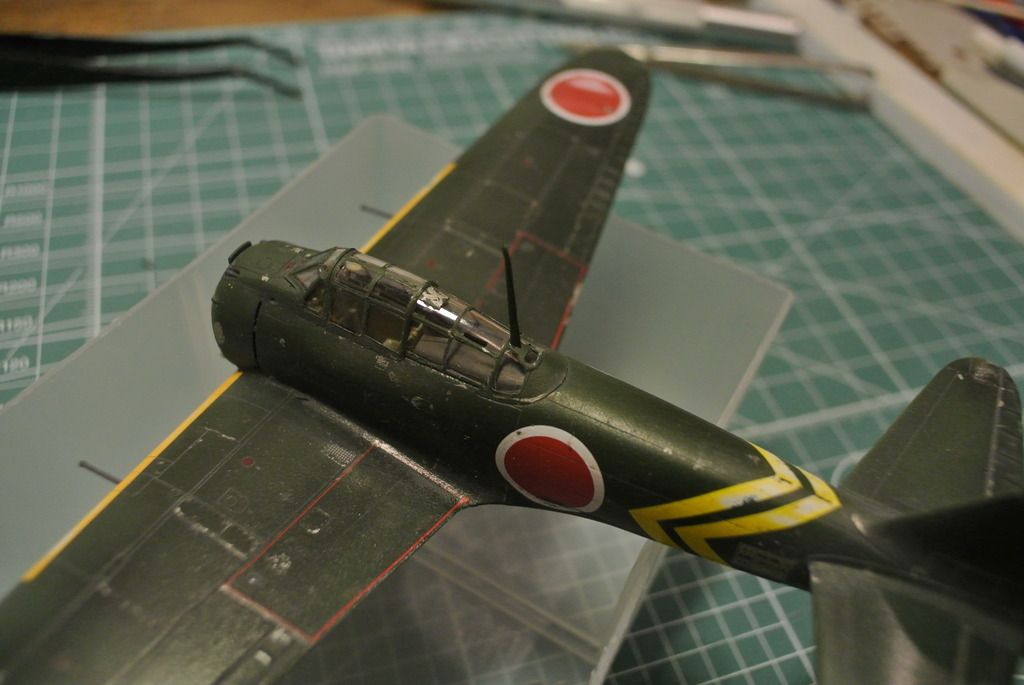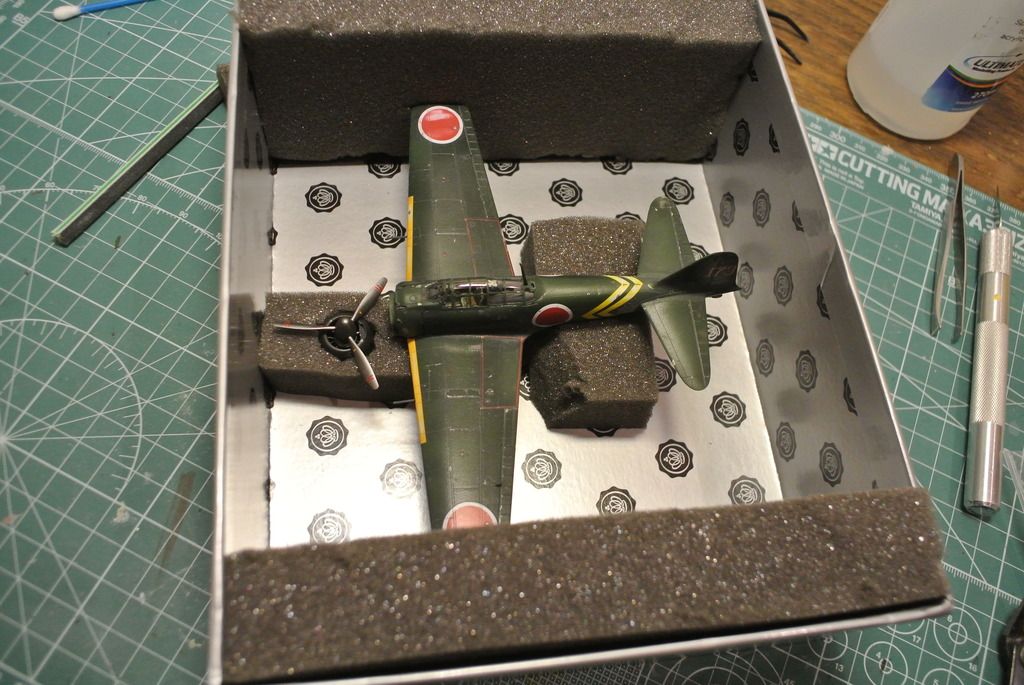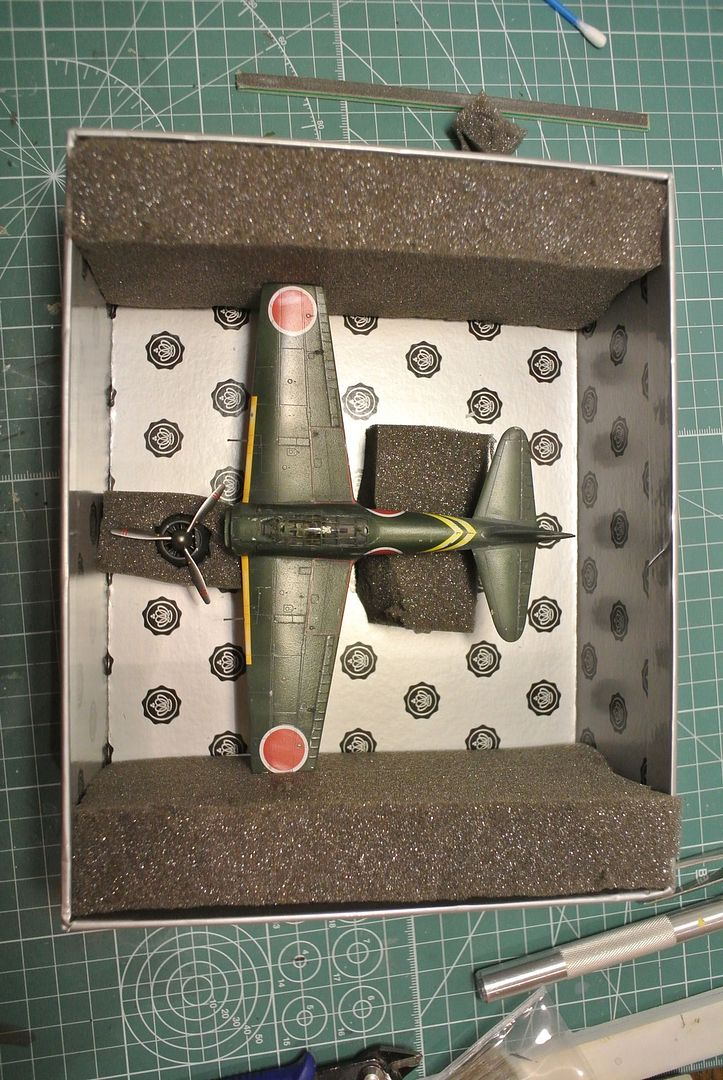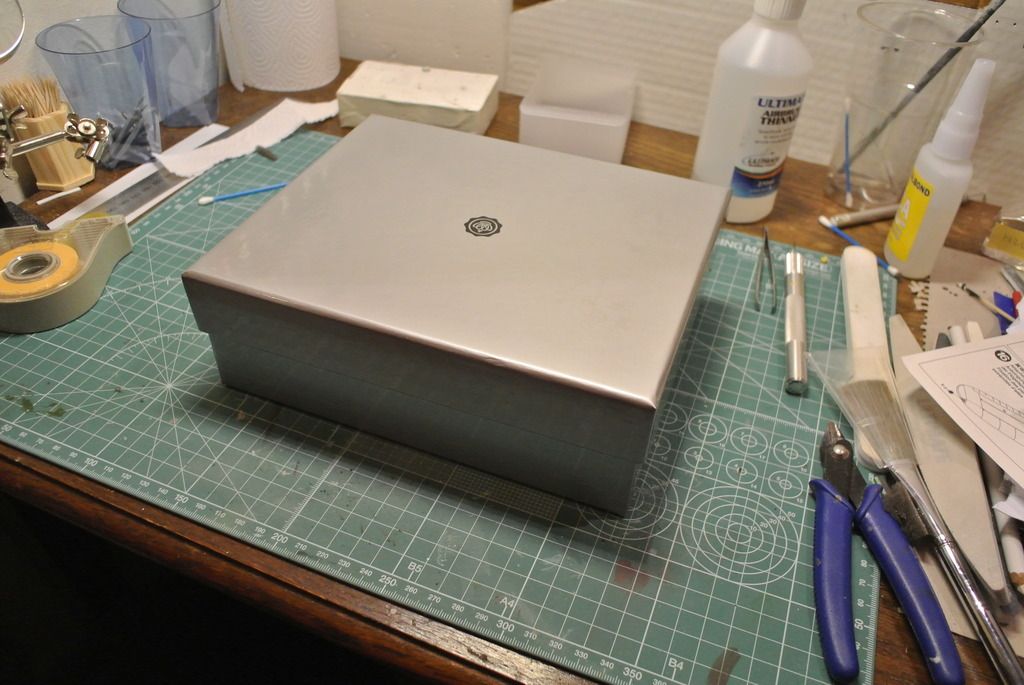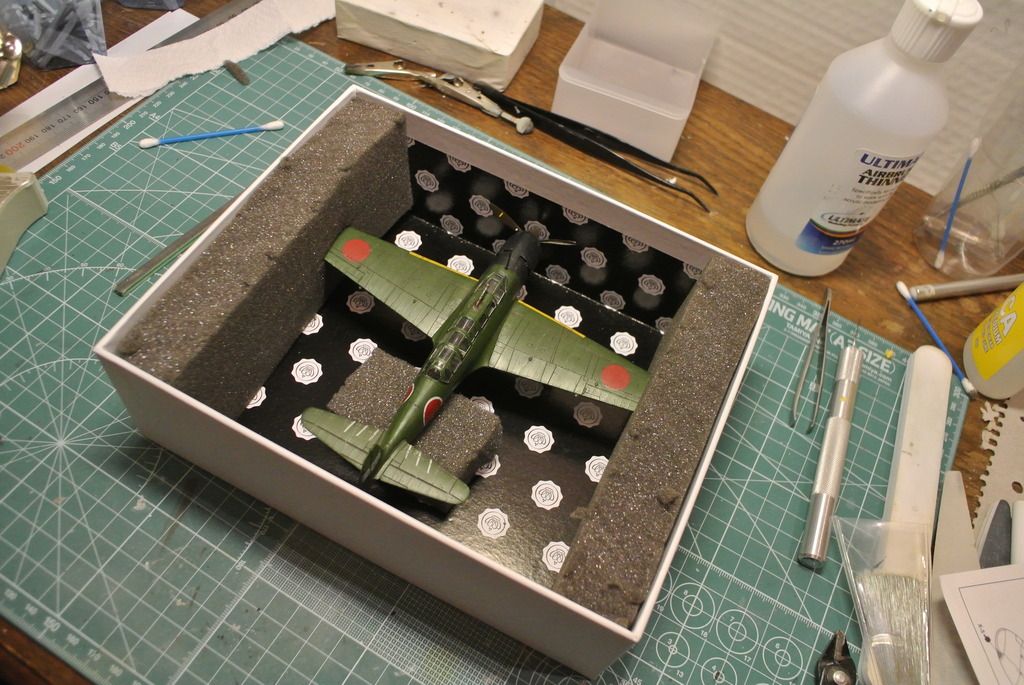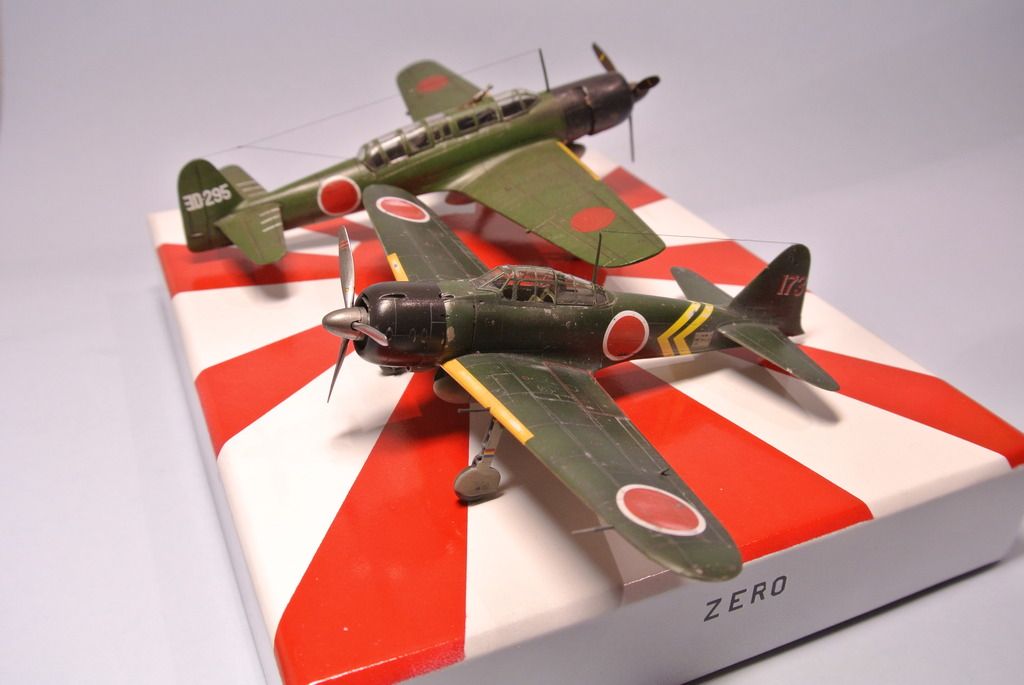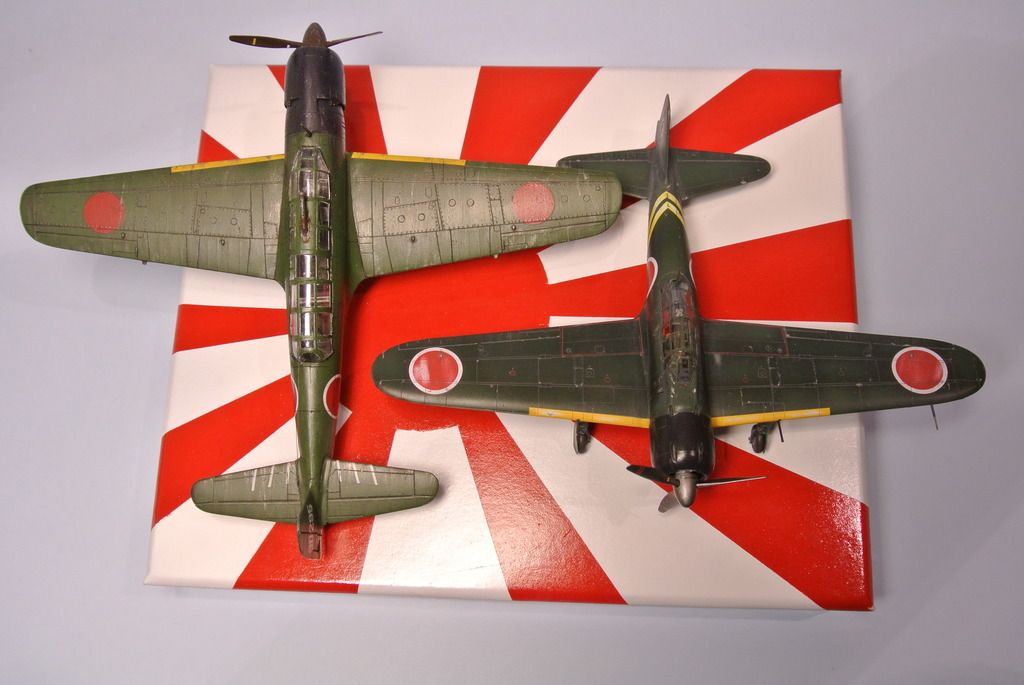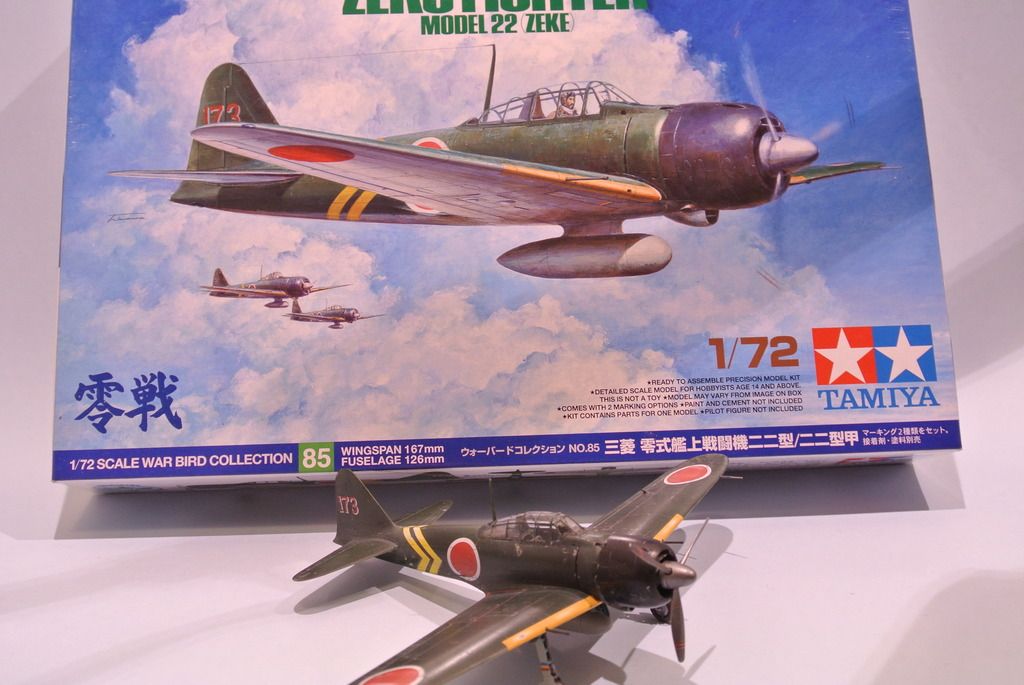I have been stuck in nomojo-town for a couple of months with the J28B Vampire on the bench, glaring at me. The reason for losing my mojo was the push of the Vietnam GB and then following up with one fast build, the JS-2 and then the Vampire. The other day I pulled myself together and finished the Vampire and started looking for my next project. Seeing as I just got back my mojo, I thought I would pick something easy and mojo-boosting. Those requirements led me on to this kit, Tamiyas excellent 1/72 Zero. MakingModelsAgain called this kit (not this exact kit) "kit of the year" and many others agree. So what could be better to boost the mojo than some masterful engineered plastic? This thread is not going to be the most extensive in the GB since I see this build as a re-return to the hobby and it will be fairly fast paced.
About the subject:
The Mitsubishi A6M Zero was a long-range fighter aircraft, manufactured by Mitsubishi Heavy Industries, and operated by the Imperial Japanese Navy from 1940 to 1945. The A6M was designated as the Mitsubishi Navy Type 0 Carrier Fighter (零式艦上戦闘機 rei-shiki-kanjō-sentōki?), or the Mitsubishi A6M Rei-sen. The A6M was usually referred to by its pilots as the "Reisen" (zero fighter), "0" being the last digit of the Imperial year 2600 (1940) when it entered service with the Imperial Navy. The official Allied reporting name was "Zeke", although the use of the name "Zero" was later commonly adopted by the Allies as well.
When it was introduced early in World War II, the Zero was considered the most capable carrier-based fighter in the world, combining excellent maneuverability and very long range. In early combat operations, the Zero gained a legendary reputation as a dogfighter, achieving the outstanding kill ratio of 12 to 1, but by mid-1942 a combination of new tactics and the introduction of better equipment enabled the Allied pilots to engage the Zero on generally equal terms.
The Imperial Japanese Navy Air Service ("IJNAS") also frequently used the type as a land-based fighter. By 1943, inherent design weaknesses and the failure to develop more powerful aircraft engines meant that the Zero became less effective against newer enemy fighters, which possessed greater firepower, armor, and speed, and approached the Zero's maneuverability. Although the Mitsubishi A6M was outdated by 1944, design delays and production difficulties of newer Japanese aircraft types meant that it continued to serve in a front line role until the end of the war. During the final years of the War in the Pacific, the Zero was also adapted for use in kamikaze operations. During the course of the war, Japan produced more Zeros than any other model of combat aircraft.
In order to correct the deficiencies of the Model 32, a new version with the folding wingtips of the Model 21, new fuel tanks in the outer wings, and attachments and fuel lines for a 330 L (90 US gal) drop tank under each wing were introduced. The internal fuel was increased to 570 L (137 US gal) in this model, regaining all of the range lost in the Model 32 variant.
As the wing had significant redesign, this version received a new navy designation, 22 型 (2-2 kata, known in the West as a Model 22). The new model entered service circa December 1942 (before the navy formally accepted the new design) and 560 were eventually produced, all by Mitsubishi. This wing is seen with two armament configurations. The Model 22 has the same wing armament as in the Model 32. The 22型甲 (2-2 kata kou, aka Model 22a) has one 99式2号固定銃3型 (9-9 shiki 2 gou koteijū 3 gata) cannon in each wing. The barrel protrudes.
According to one theory, very late production Model 22s may have had a wing similar to the shortened, rounded-tip wing of the Model 52. One such plane was photographed at Lakunai Airfield ("Rabaul East") in the second half of 1943, and the photo has been published in a number of Japanese books, e.g., Aero Detail 7 and 世界の傑作機 9 at page 33 (Sekai no Kessaku Ki, aka Famous Airplanes of the World 9, 1993). Although jumping to the conclusion that the cowling is that of the Models 32 and 22, the latter book proposes that the plane is an early production Model 52, based upon an unspecified manual. There is a growing body of evidence that this "hybrid" type is simply an early production Model 52 (see below). (The Model 32, 22, 22 kou, 52, 52 kou and 52 otsu were all powered by the Nakajima 栄 (Sakae) 21型 engine. That engine kept its designation in spite of changes in the exhaust system for the Model 52.)
Source: Wikipedia



